Are you tired of cloudy, murky, and dirty water that leaves your fixtures damaged?
If you get your water from borewells, you likely face these problems quite regularly. These aren't simple surface issues; they can cause serious damage to your plumbing, skin, and hair health
But the fix can be easy. With the right sediment filter for the water tank and a smart filtration system, you can get clear, safer water for your entire household.
In this quick read, we will explore the best way to filter sediments from borewell water, identify common issues to avoid, and how to choose a reliable and durable system.
Understanding Borewell Water: Why Sediment is a Problem
Borewell water often contains sediments like:
-
Sand and silt
-
Rust particles
-
Fine gravel or pebbles
-
Organic matter and dust
Though not always visible to the naked eye, their damaging properties become evident over time.
What Happens If You Don’t Filter Borewell Water Properly?
-
Small particle buildup can cause taps and showerheads to clog regularly.
-
Sediment gathered in pipes and fittings can reduce the water pressure.
-
Washing machines, geysers, and RO systems can get damaged over time.
-
Rust and silt will leave marks or spots on your tiles, sinks, and utensils.
-
Skin and hair can get itchy, dry, or otherwise damaged as a result of sediments.
However, most standard water filters are unsuited to dealing with borewell sediment. You need a system of multiple filters to guarantee clean water for your home completely.
What Most People Miss in Their Filtration Setup
These minor mistakes can render your entire filtration system useless.
1. Skipping Pre-Filtration
A mechanical pre-filter gets rid of bigger particles before they can block finer filters or damage your appliances.
2. Using a single filter
A single filter can’t contain all the sediment particles. The first step of the system traps the sediment, the next step traps large debris, and the last step catches the tiny contaminants.
3. Unsuited Micron Size
Every sediment filter cartridge has a micron rating that defines the size of particles it can trap. Using a very fine micron (such as 1 micron) can block your water pump. A larger particle size, such as 50 microns, won’t ensure that you catch all impurities. You need to install the right micron level to ensure full filtration
4. Neglecting Maintenance
You need to ensure regular maintenance of your filters, even if they are professional-quality. They could largely lose their efficiency due to the trapped dirt and grit. Your heating and cooling systems need to be cleaned or replaced regularly for them to work effectively.
Layered Sediment Filtration: A Practical Approach
A well-working borewell water system is a smart defense strategy, where each level matters. Here are easy ways to set up your system so it lasts for years.
1. Use A Mechanical Barrier.
Use a sand separator or spin-down filter right where the main inlet connects to your filtration system.
-
It removes rust flakes, small stones, and coarse sand from your oil when it’s dirty.
-
Reduces the number of replacements for the downstream system.
-
Simple to clean, many models can clean themselves with a single button push.
2. Fine Sediment Filter.
The next step of the process is a cartridge-based filter ( typically 5 to 20 microns).
-
These filters can trap particles smaller than silt, dust, and organics.
-
Helps keep water clean and protects the insides from blockages
-
Important for houses relying on pressure pumps or RO systems
3. Activated Carbon Filter
If your water gives off an unusual odor or is metallic in taste, an activated carbon filter could be the solution.
-
Activated carbon filters help remove chlorine, any unpleasant odors, and harmful volatile organic compounds (VOCs).
-
Makes borewell water taste better and smell fresher
4. Set up Inline Filters
An inline filter can provide an additional barrier of protection for taps, washing machines and showers.
-
Traps small particles that might be hard to notice.
-
Prevents invisible pollutants from harming your skin, hair, and clothing
Using these different steps ensures your entire system functions efficiently, requires less fixing, and keeps the water cleaner.
What to Look for in a Reliable Filtration System
Choosing the best water filter for borewell water involves more than just picking a brand. Focus on these key features:
1. Adaptability to Sediment Load
Your borewell may produce different types of sediment at different times of the year. Look for systems that allow stage-wise customization or upgrading.
2. Easy Maintenance
-
Spin-down filters can be cleaned weekly and reused
-
Sediment filter cartridges should be easy to replace every few months
-
Transparent filter housings can help you monitor clogging at a glance
3. Build Quality
Filters installed outdoors or exposed to high pressure should be made of durable, corrosion-resistant materials like stainless steel or reinforced plastic.
4. All-Round Effectiveness
A good house water filter should:
-
Protect pipelines and appliances
-
Reduce clogging and scale buildup
-
Improve water clarity, feel, and usability
-
Offer peace of mind about your home’s water safety
Maintenance Tips for Sediment Filters
A little care goes a long way. Follow these maintenance tips to keep your filters working efficiently:
-
Inspect all filters monthly to check for clogging
-
Clean spin-down filters weekly if sediment levels are high
-
Replace PP cartridges every 3–6 months, depending on water usage
-
Watch for pressure drops, which signal a blockage or filter overload
-
Flush your filter system periodically to prevent buildup and odor
Conclusion
Borewell water is a valuable resource—but only if treated right. An effective sediment filter for a water tank, used in a multi-layer setup, is essential to prevent damage, maintain water clarity, and support healthy skin and hair.
Don’t wait until your appliances fail or your shower water turns brown. Take action early with a thoughtfully designed filtration system.
Explore RiverSoft’s range of sediment filters, specially designed for borewell water. Get clear, cleaner water that’s gentler on your skin, safer for your appliances, and better for your home!
Reference:
Groundwater Quality in Shallow Aquifers of India – India Water Portal
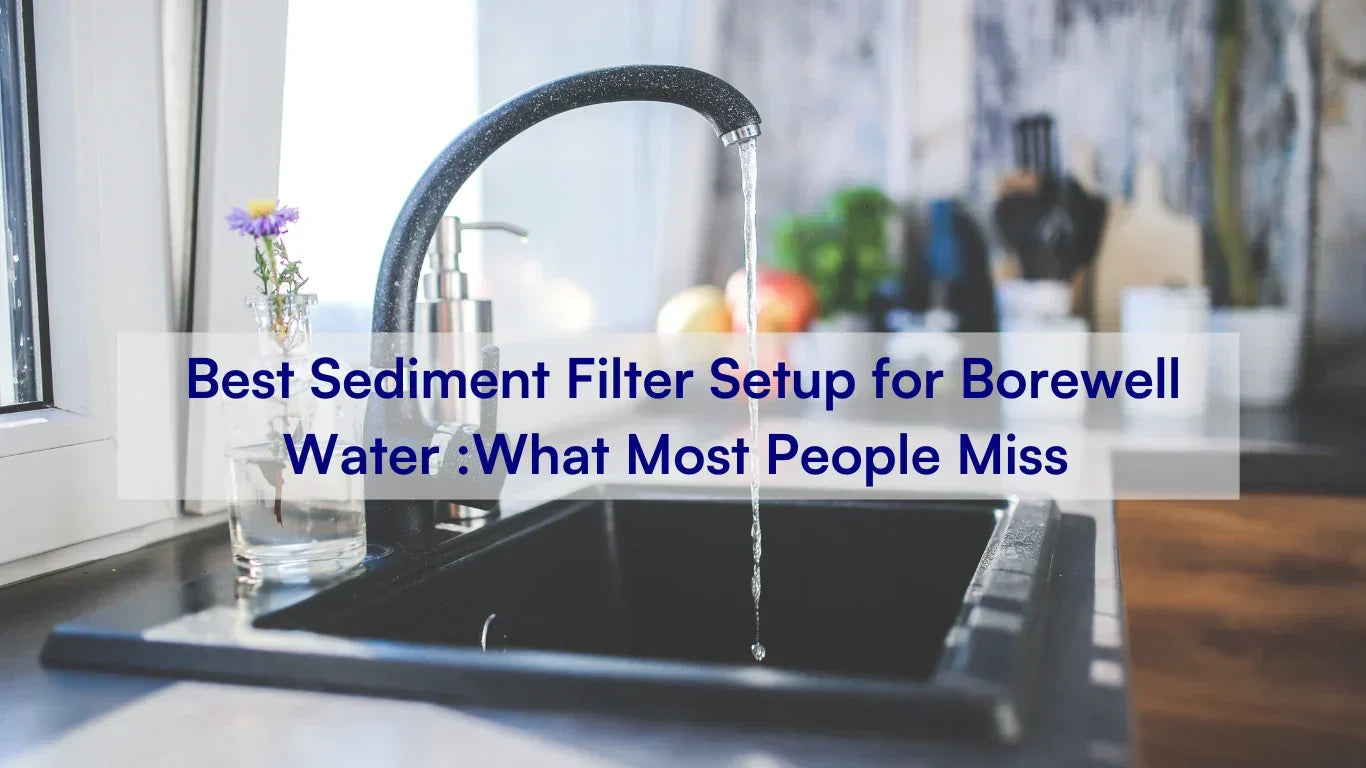



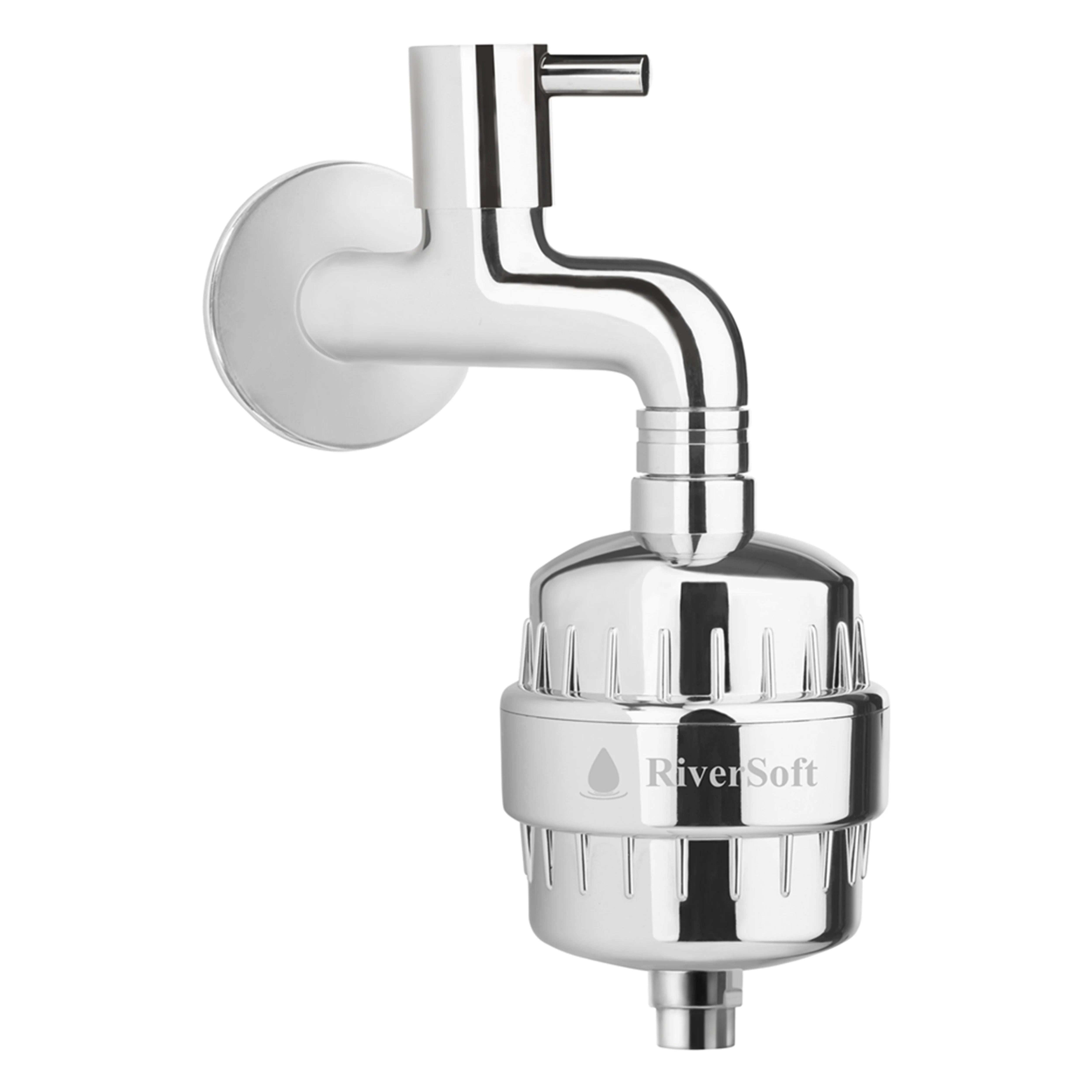
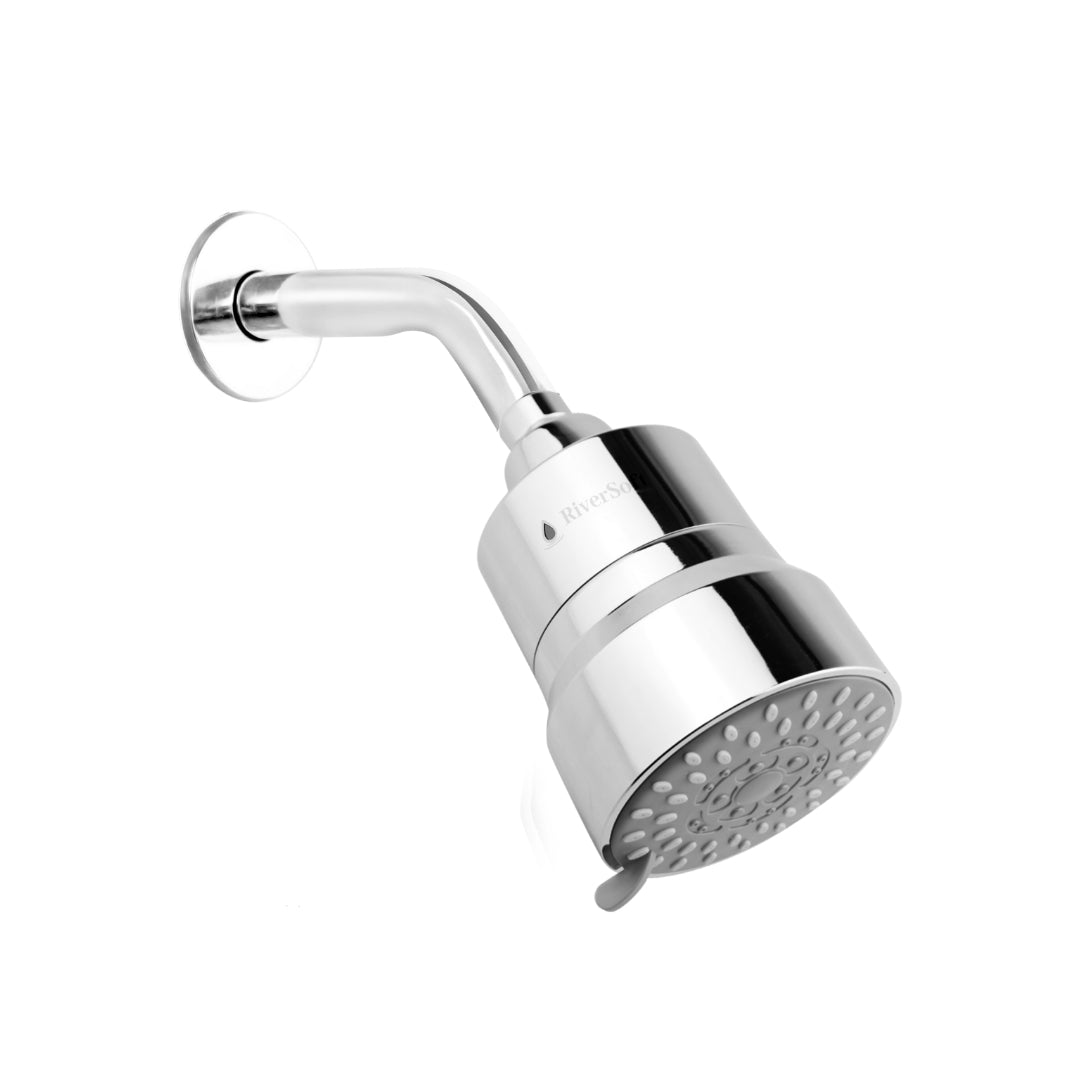
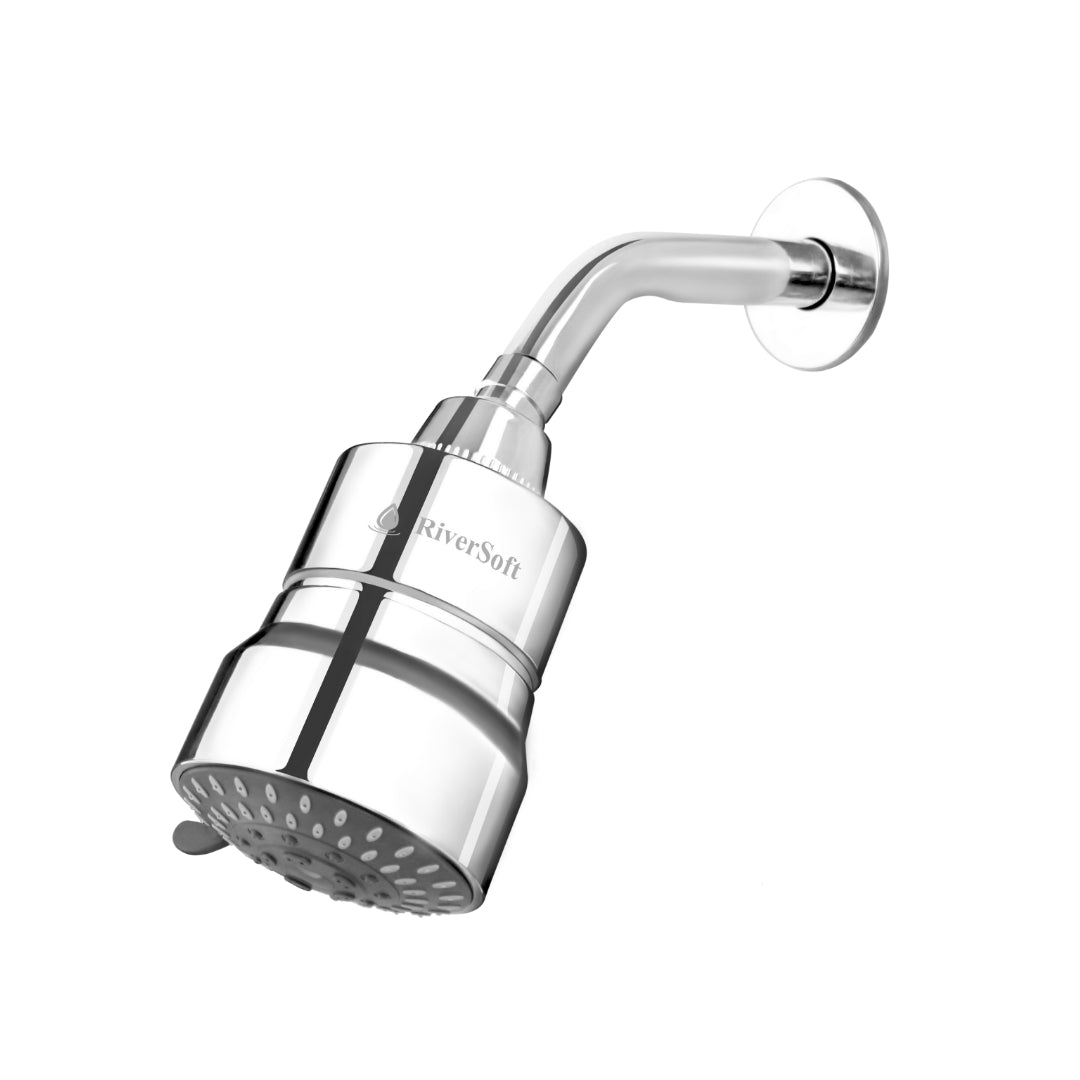
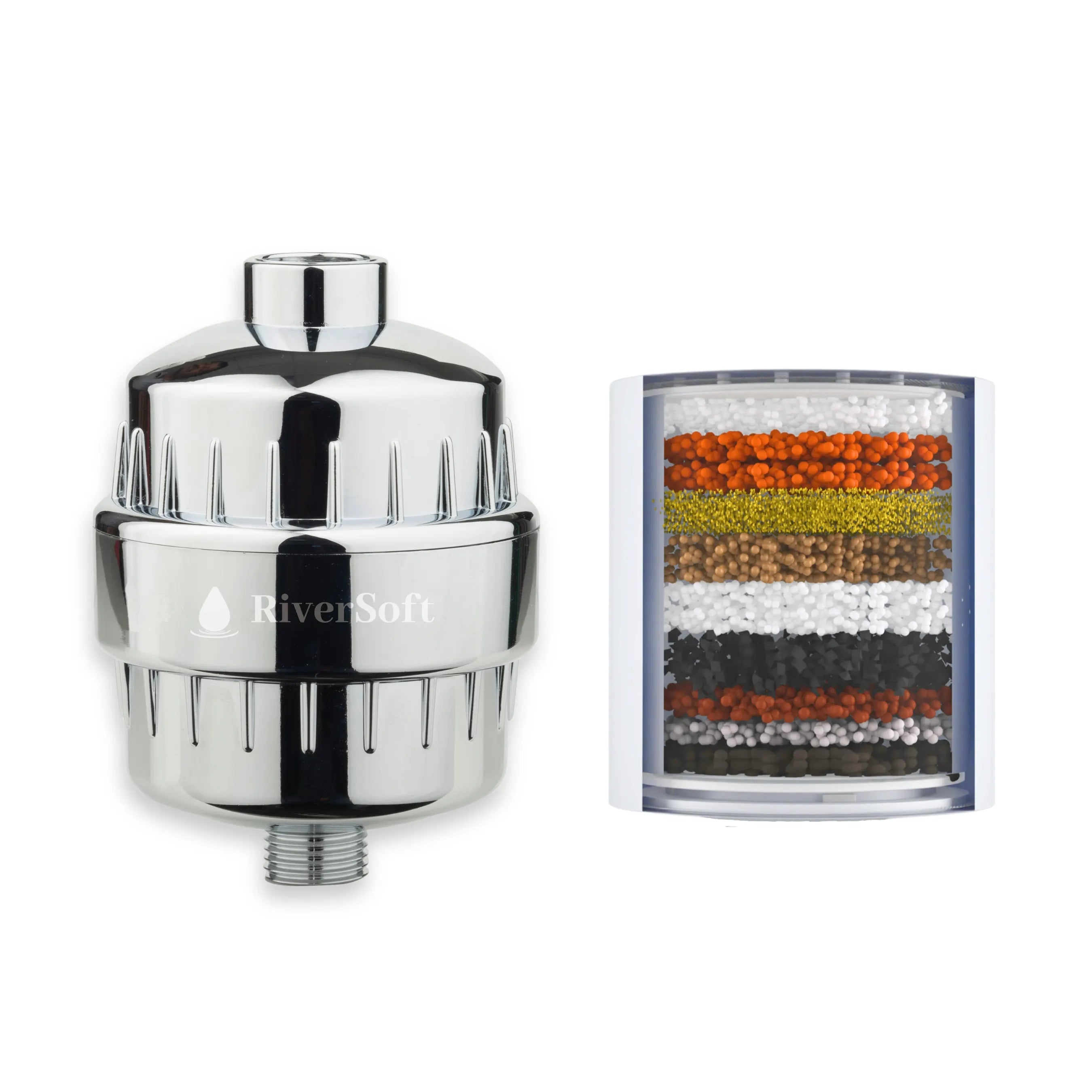

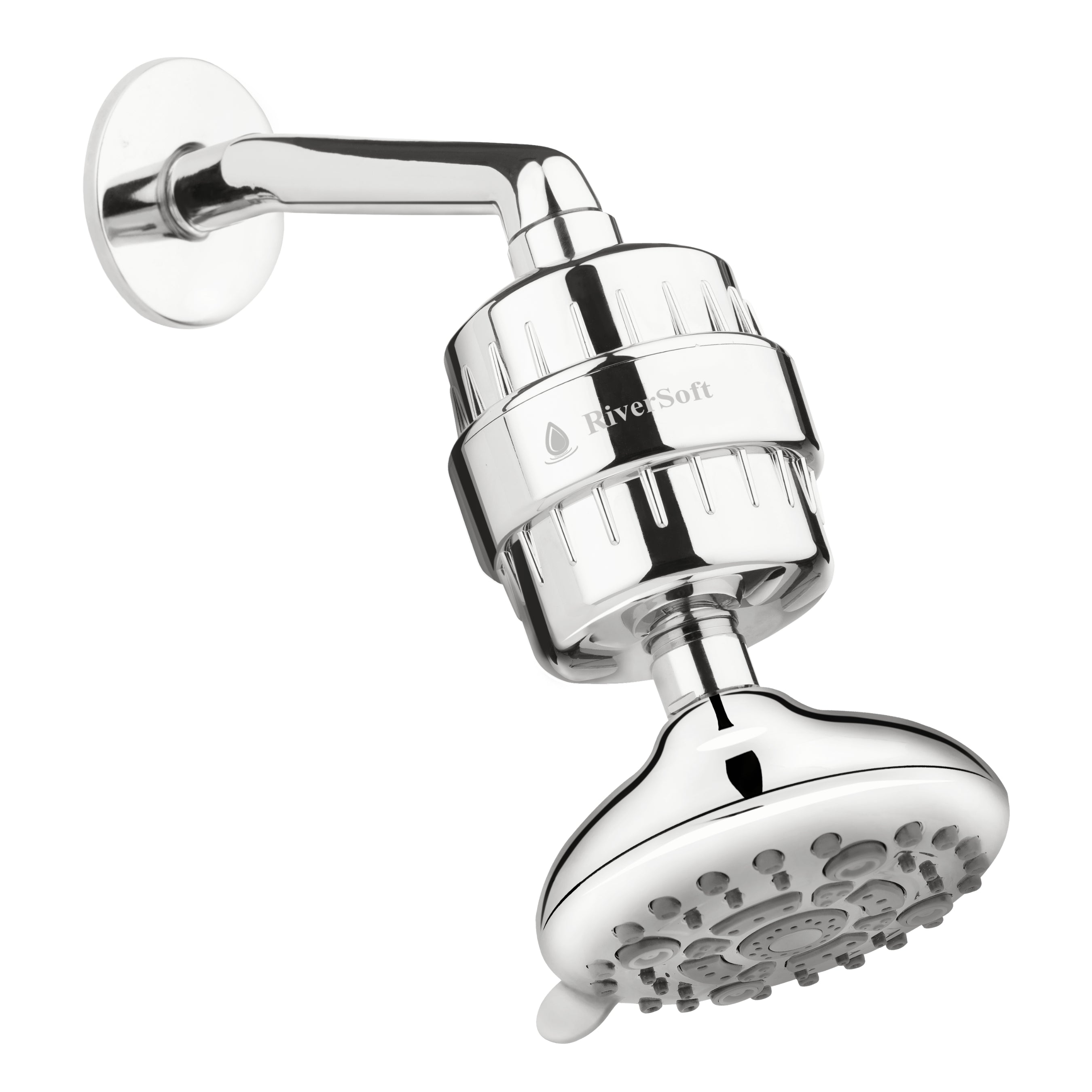
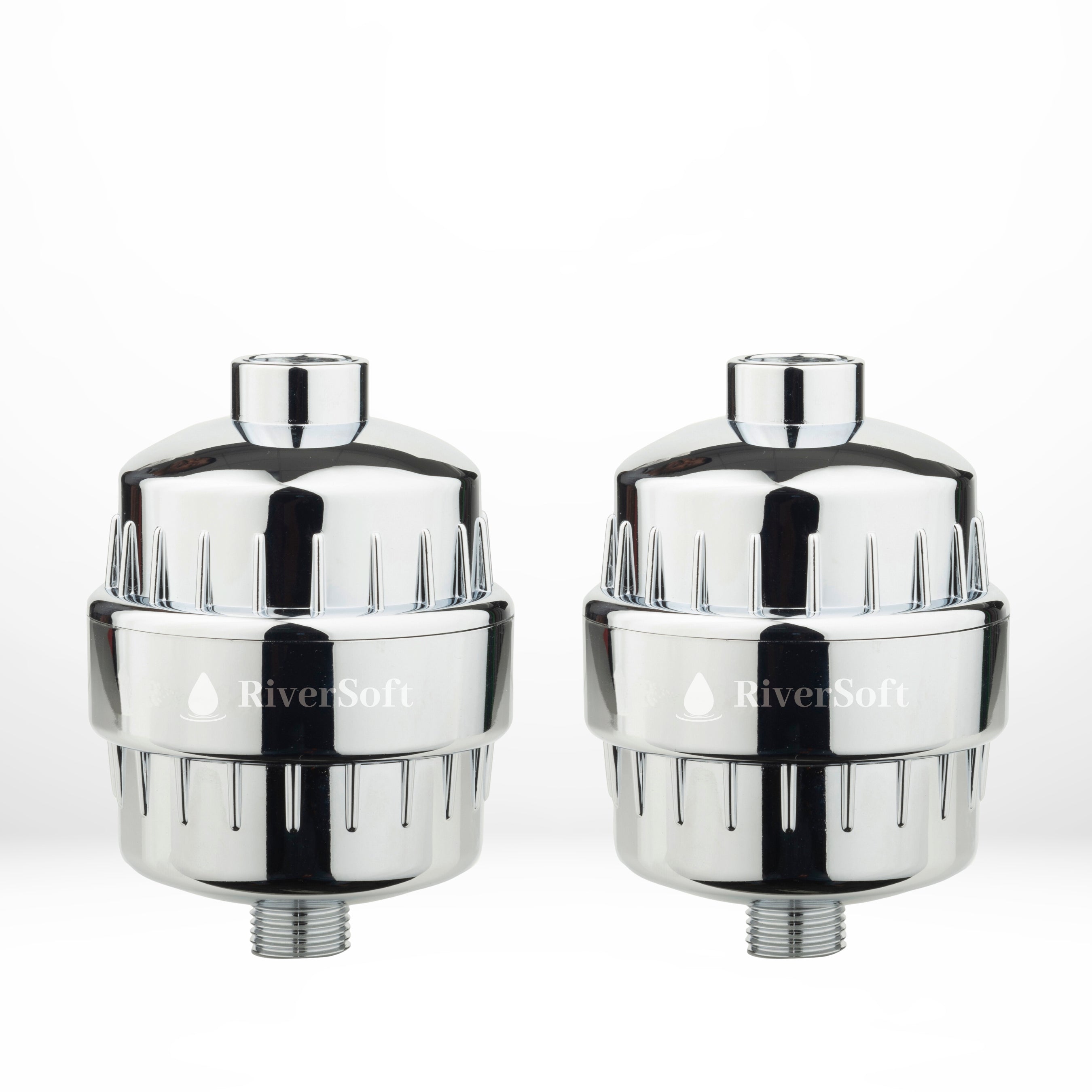
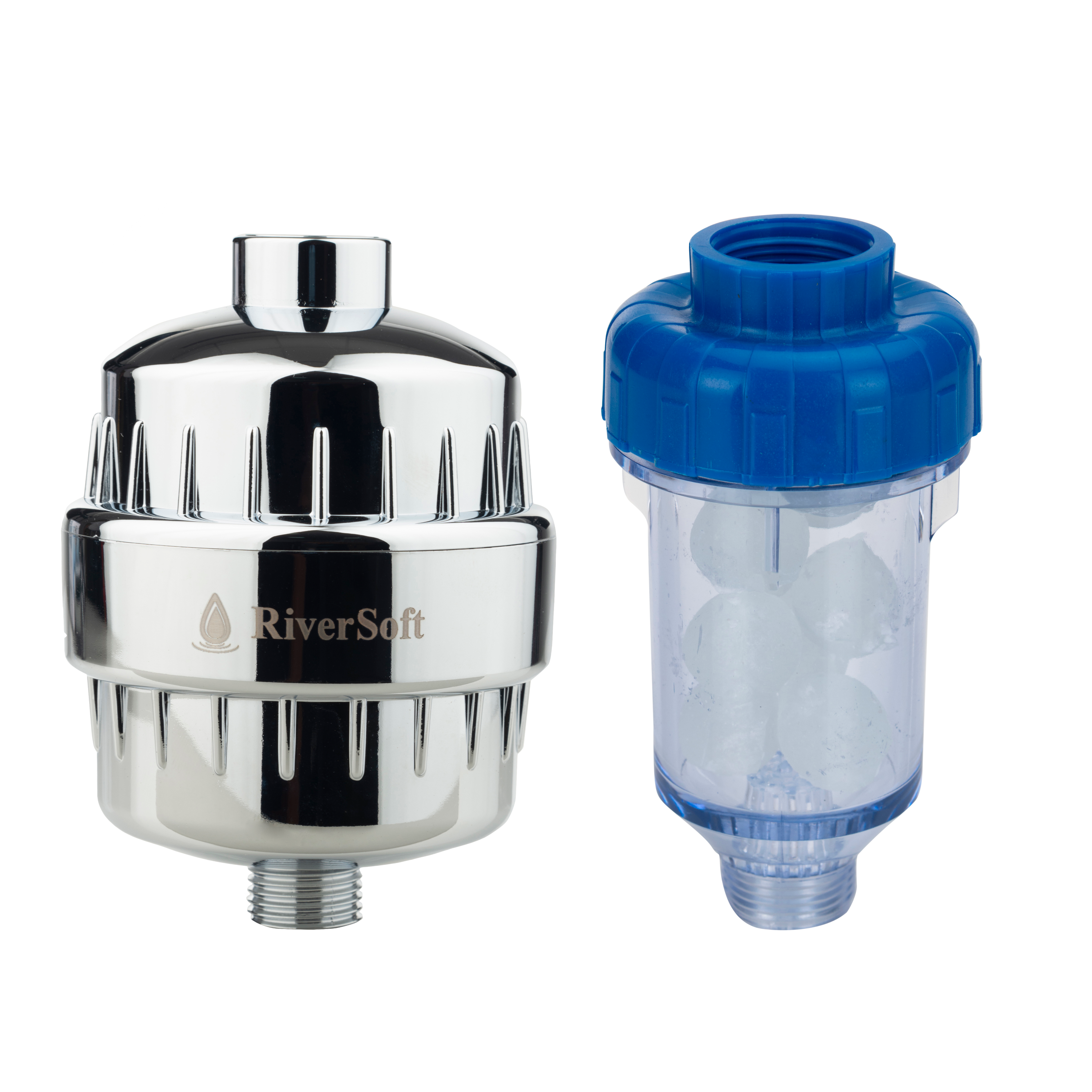
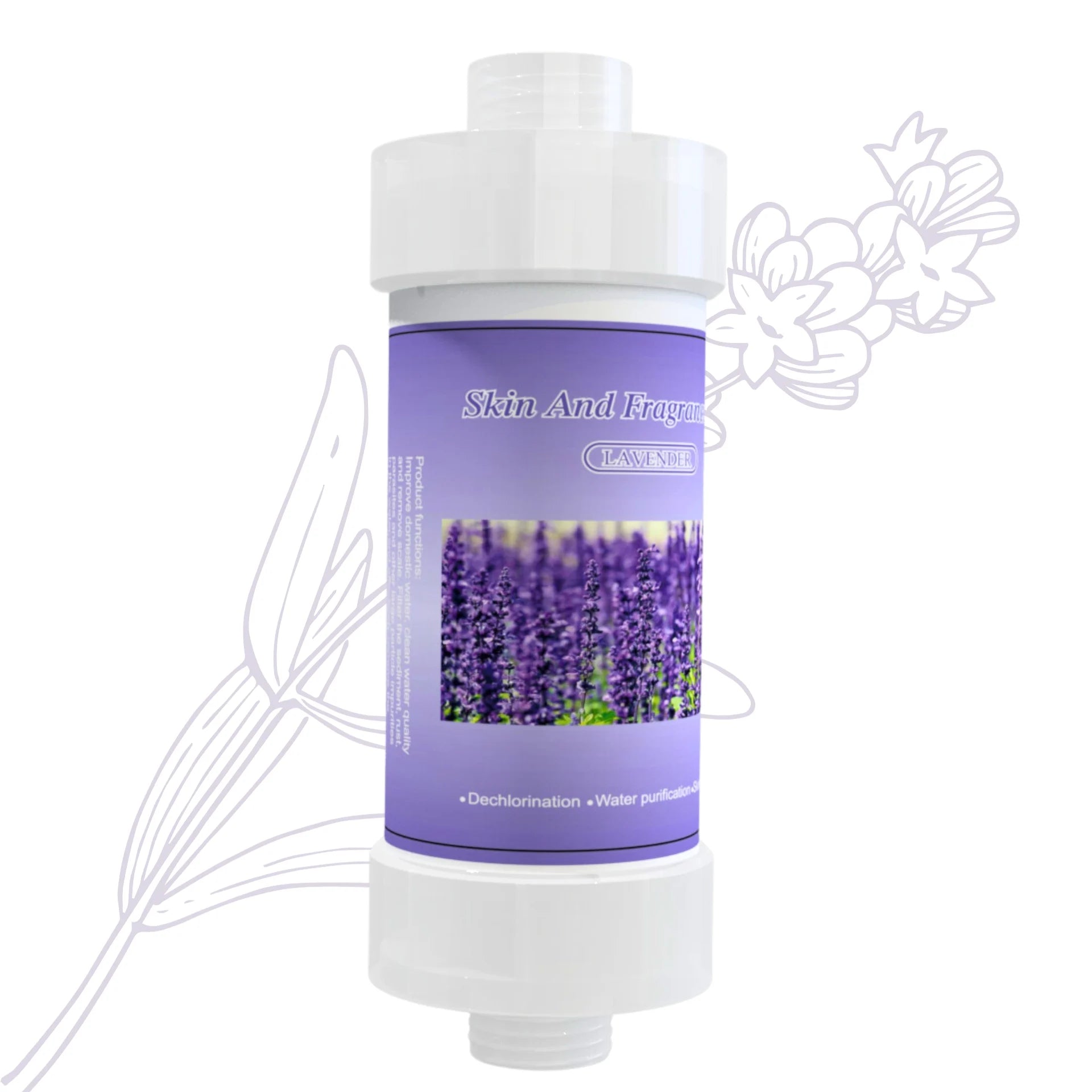
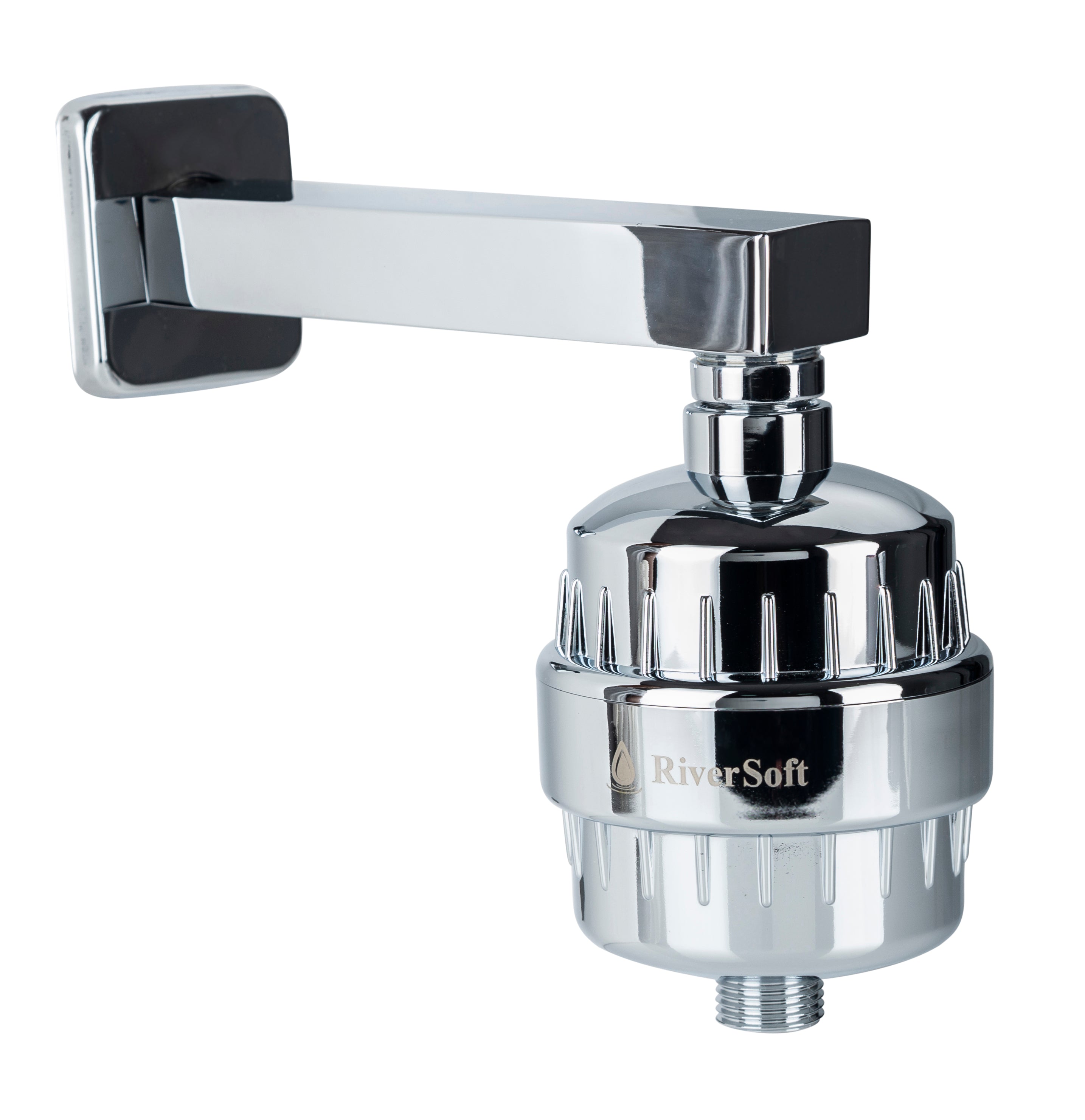
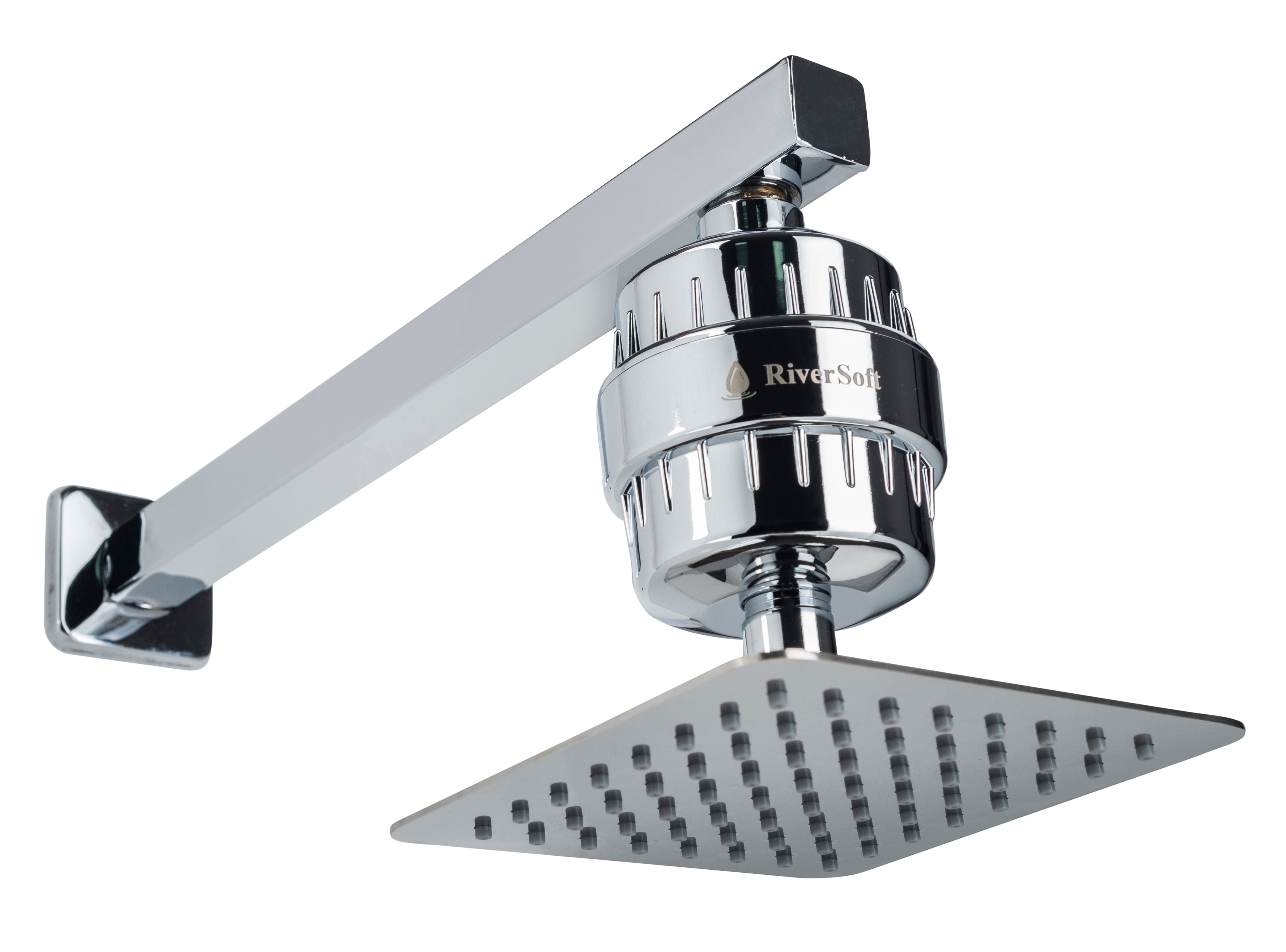
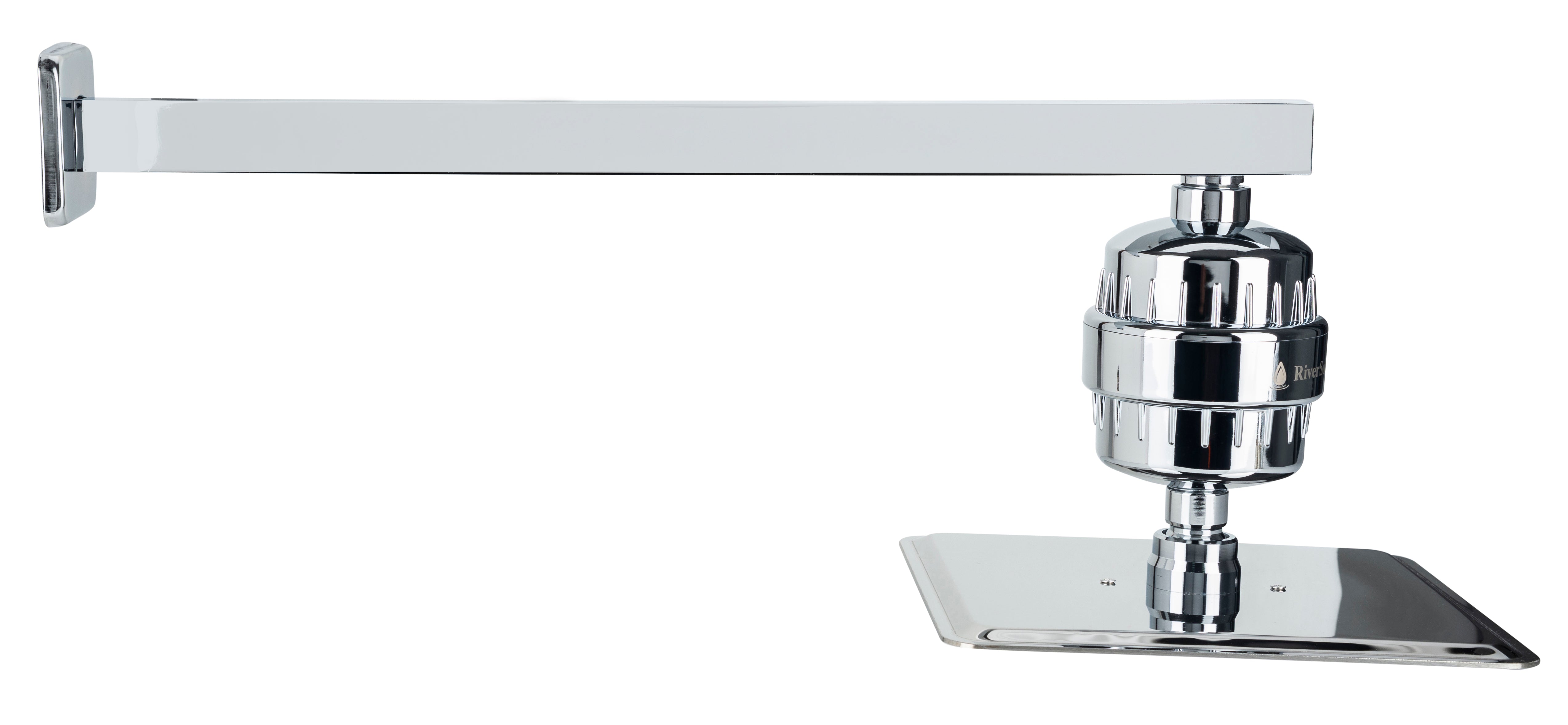
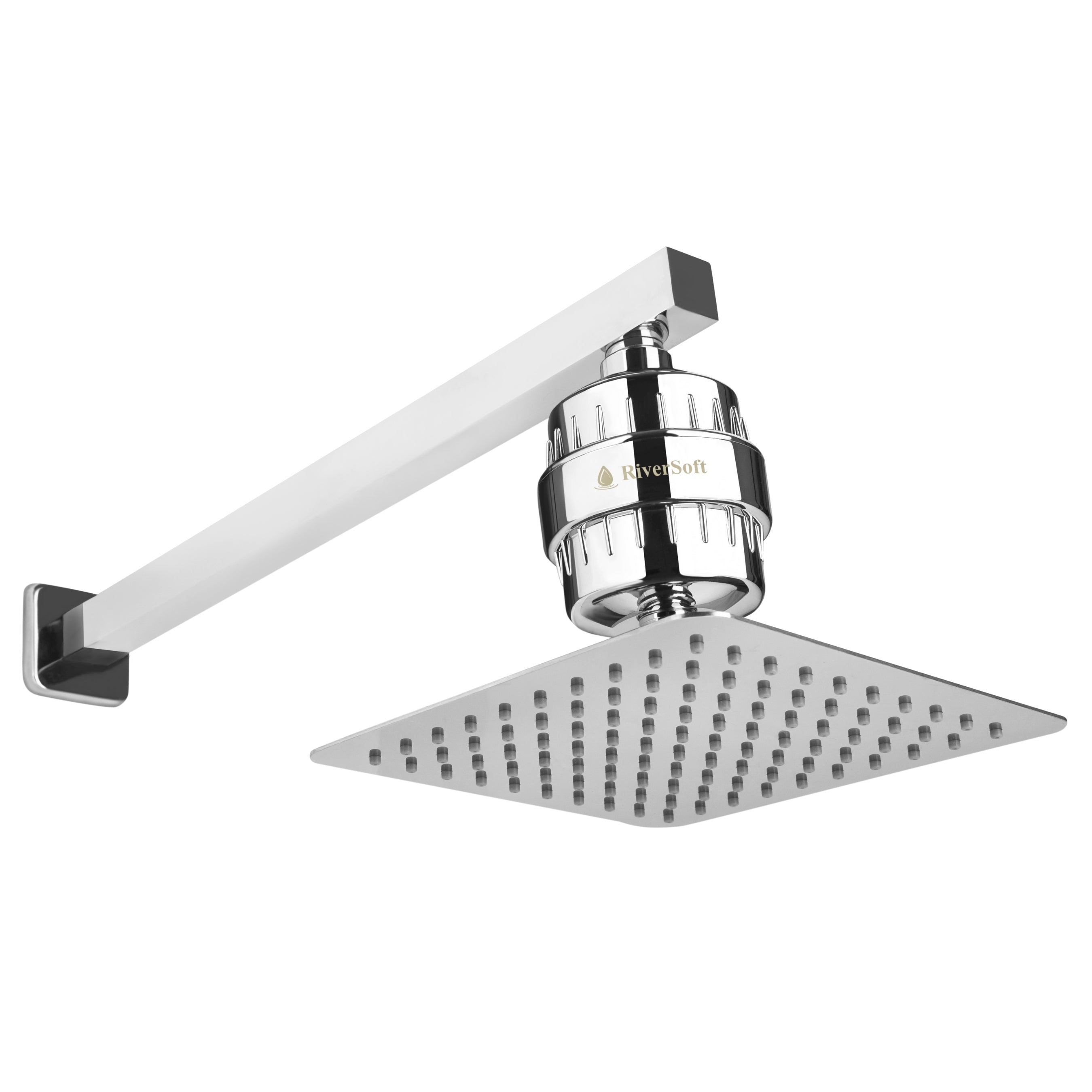
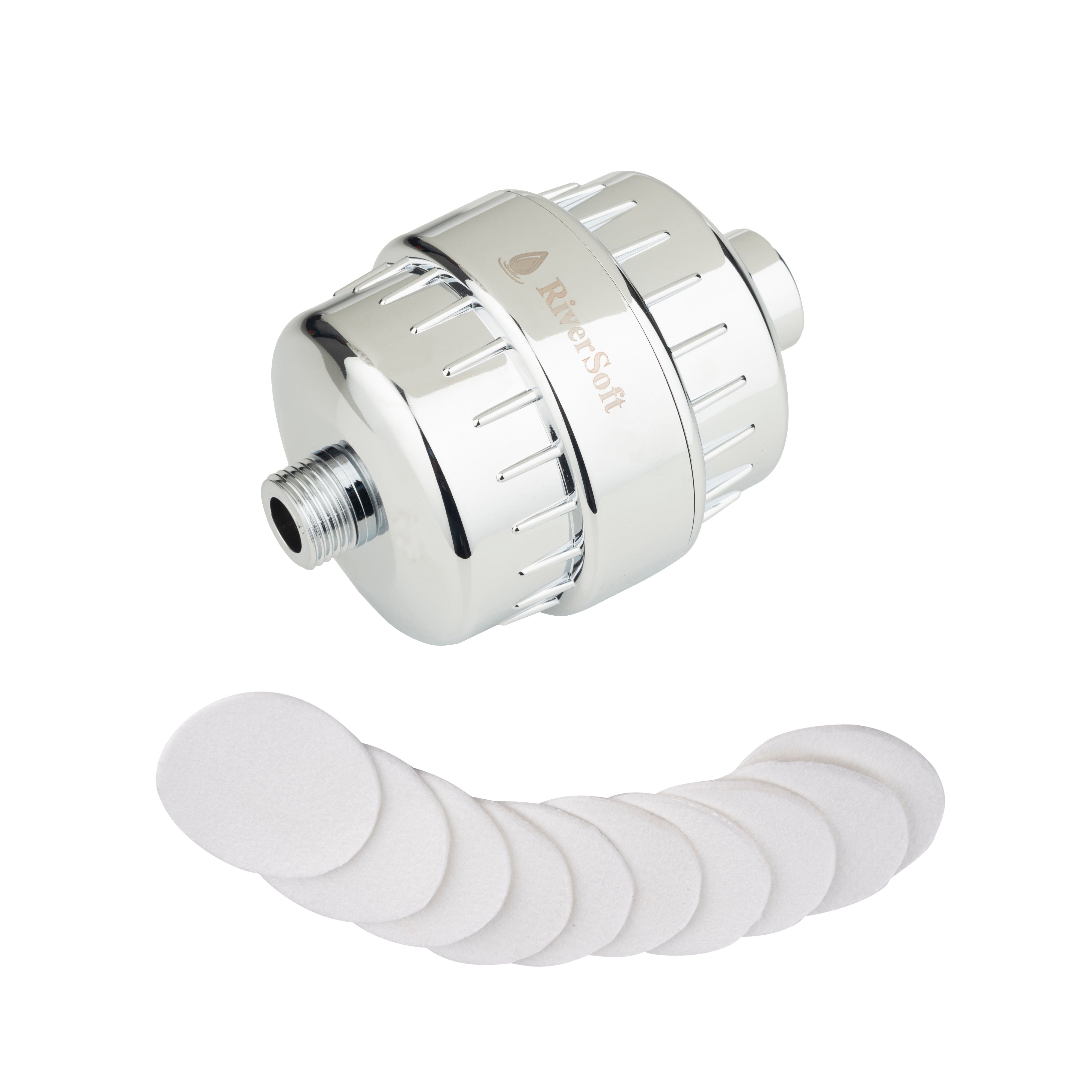
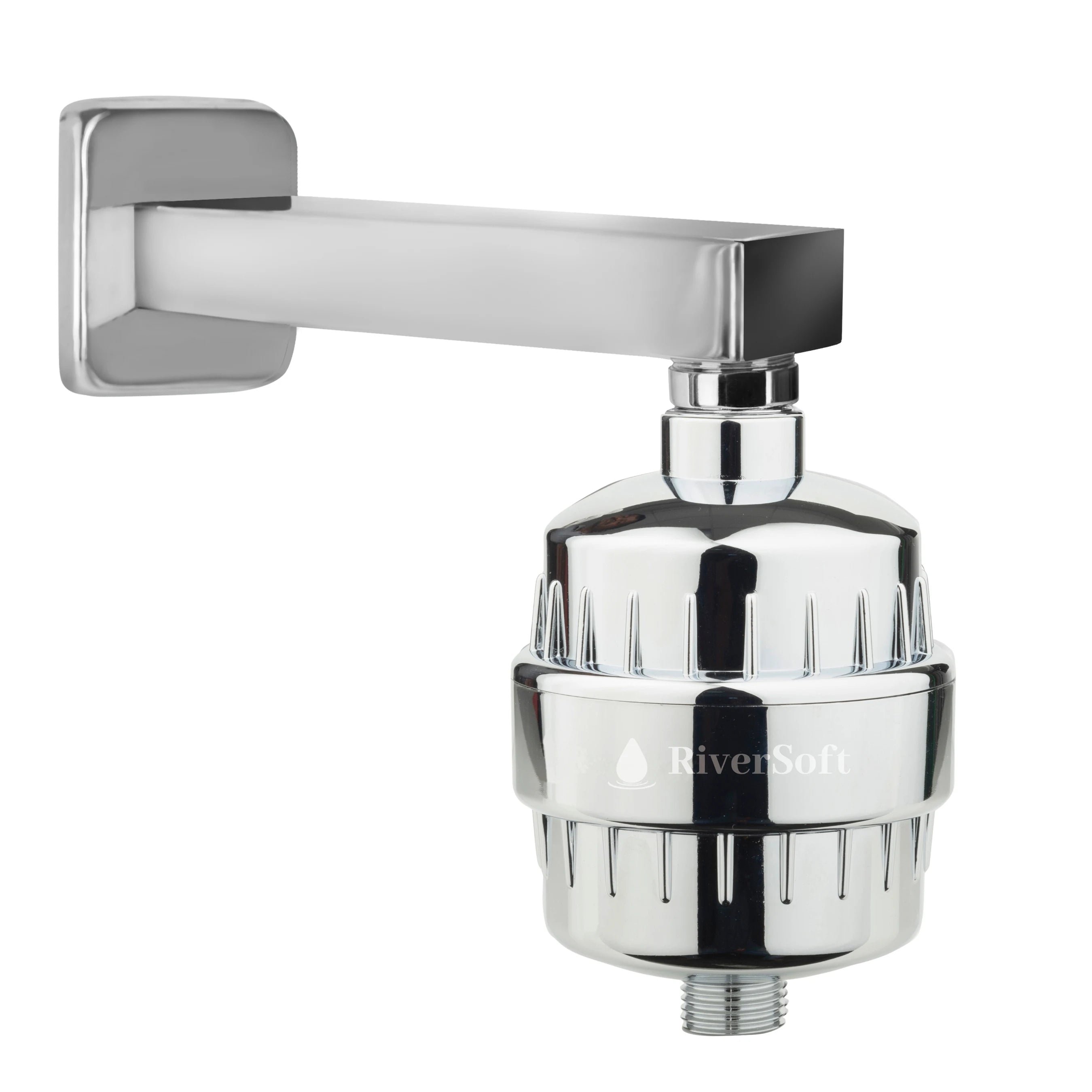
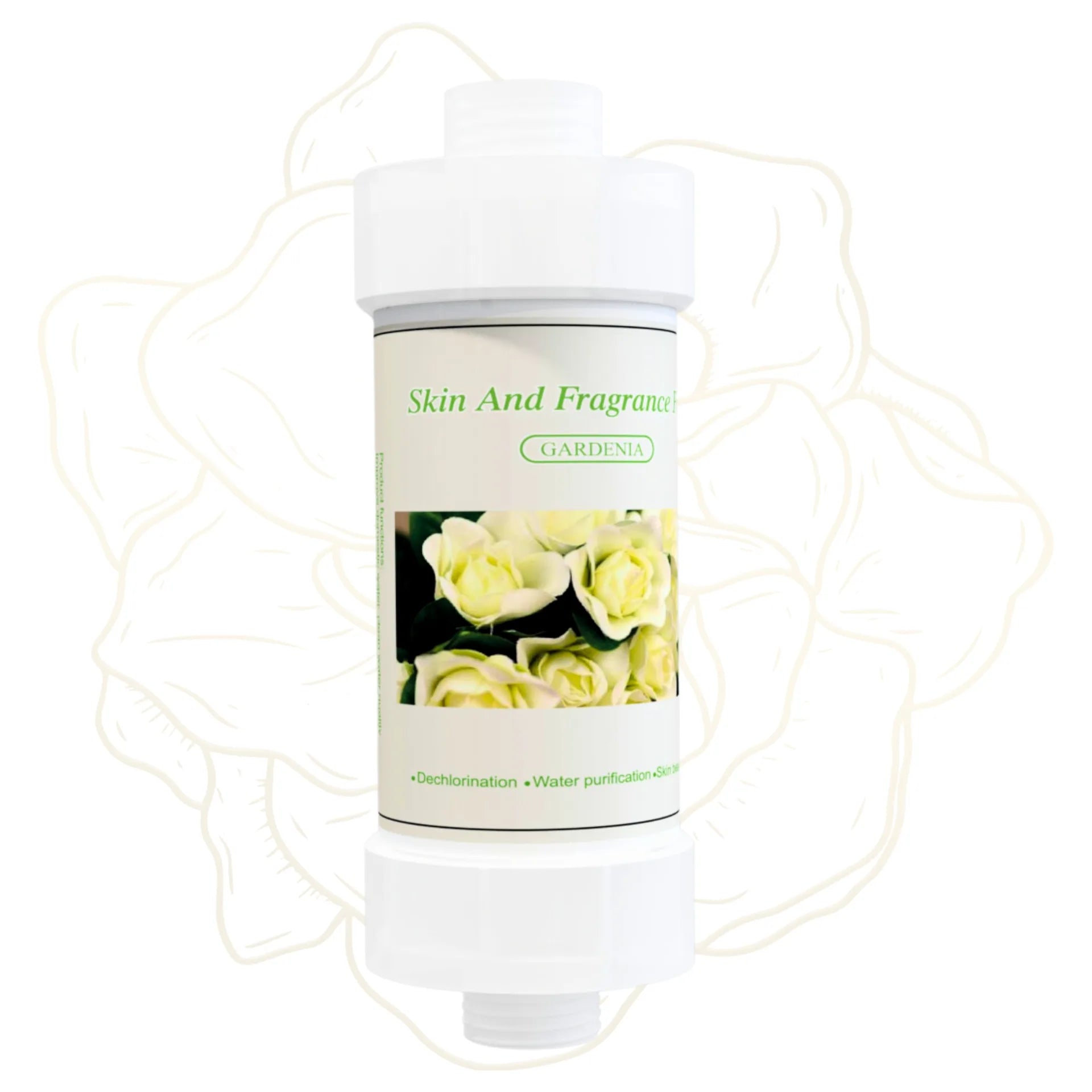
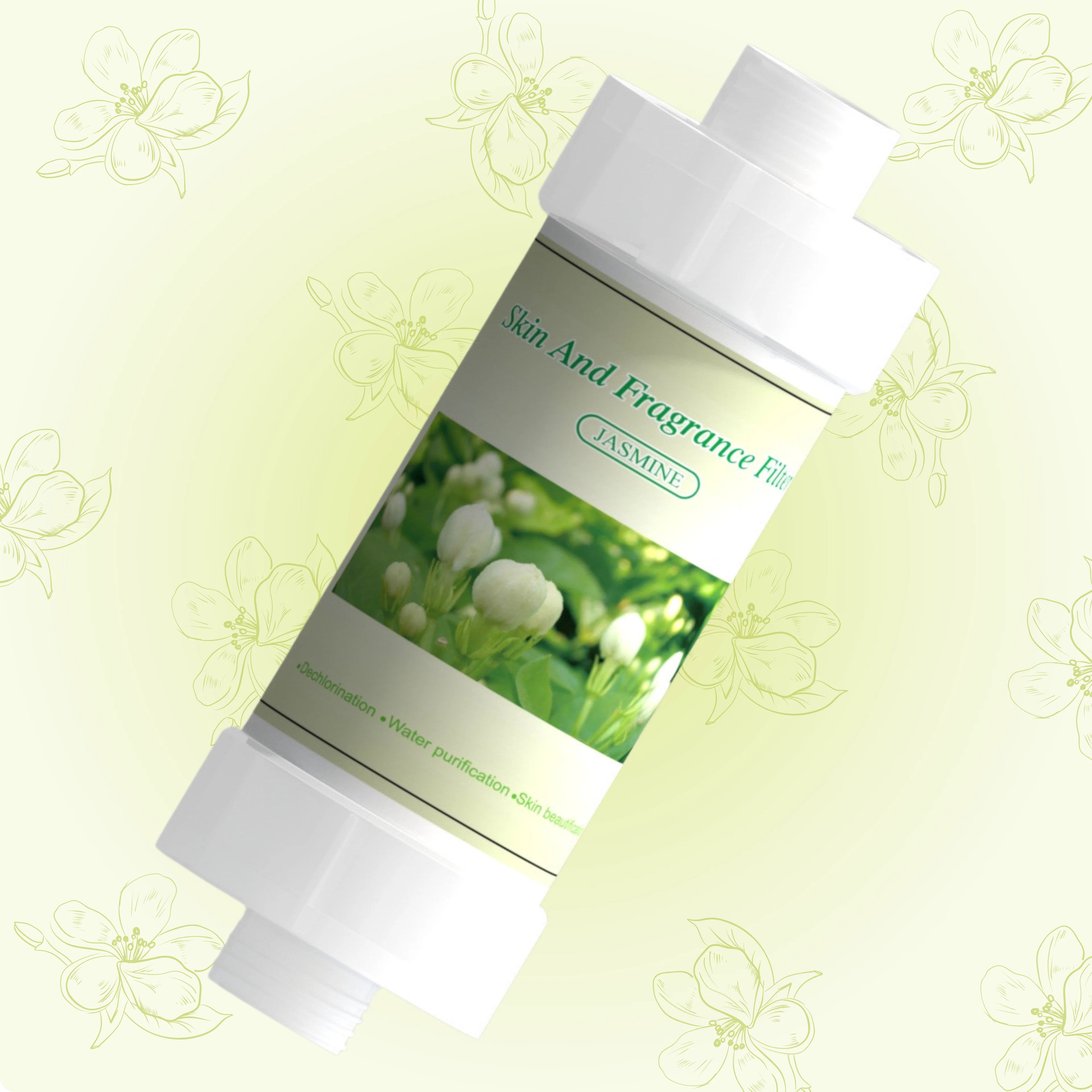
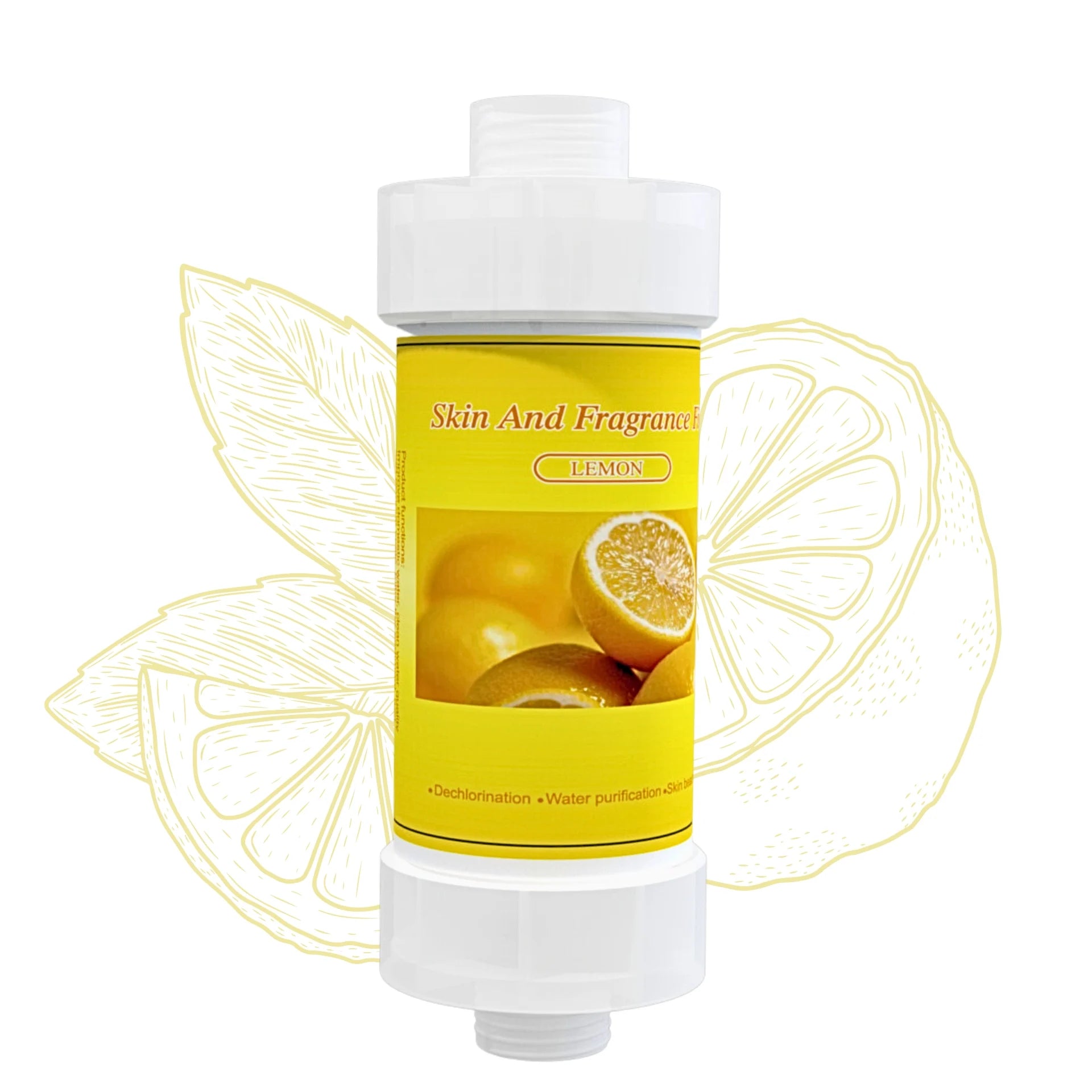
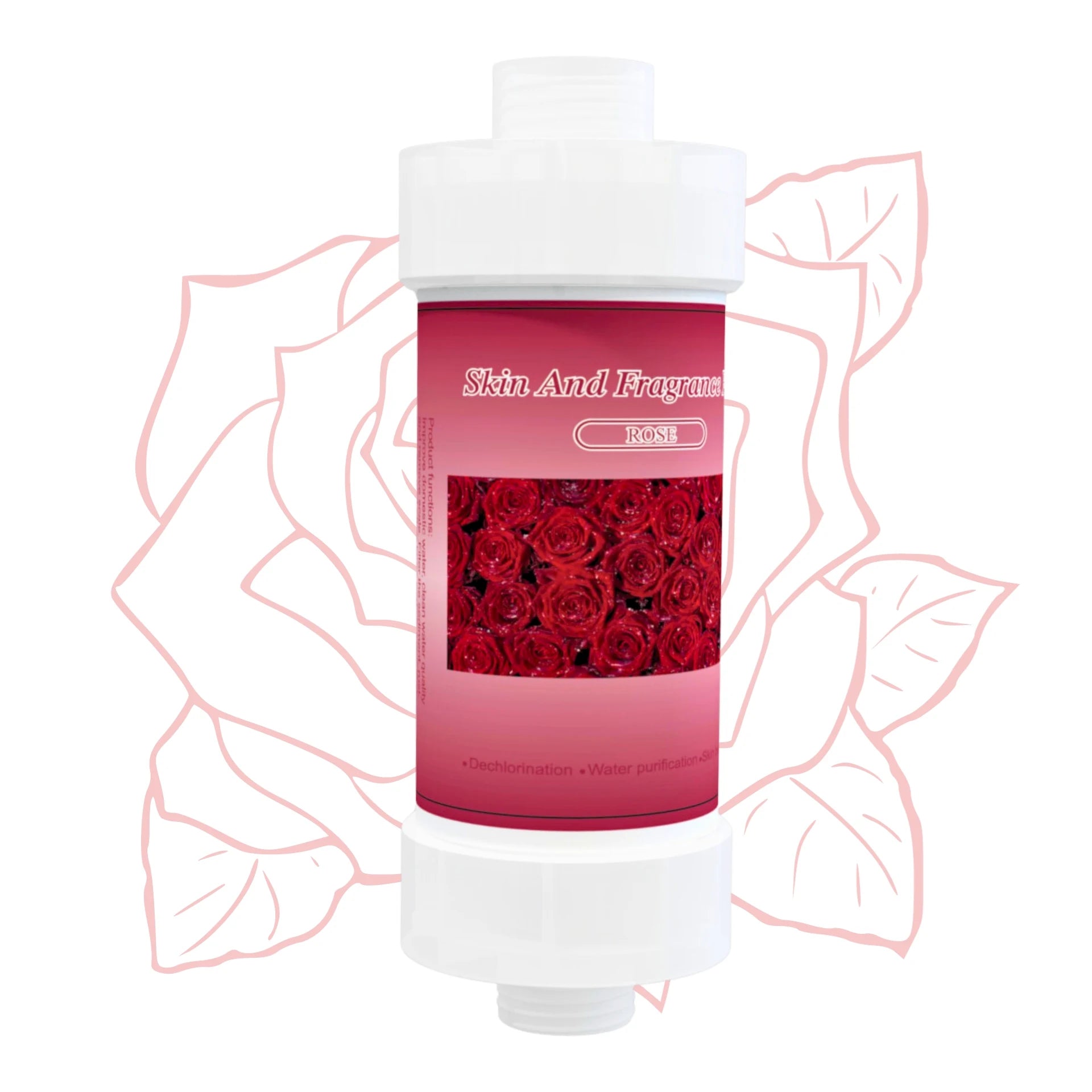
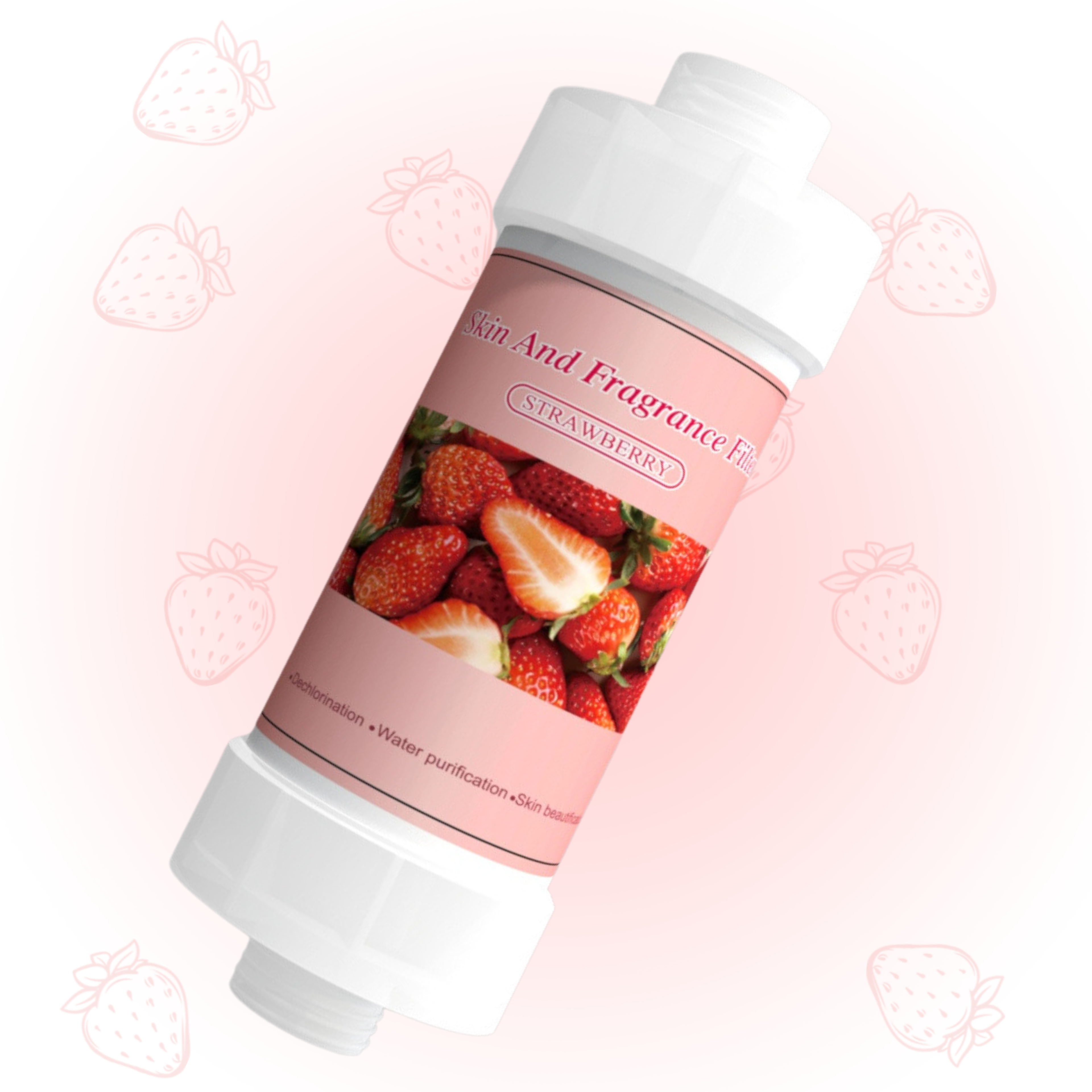
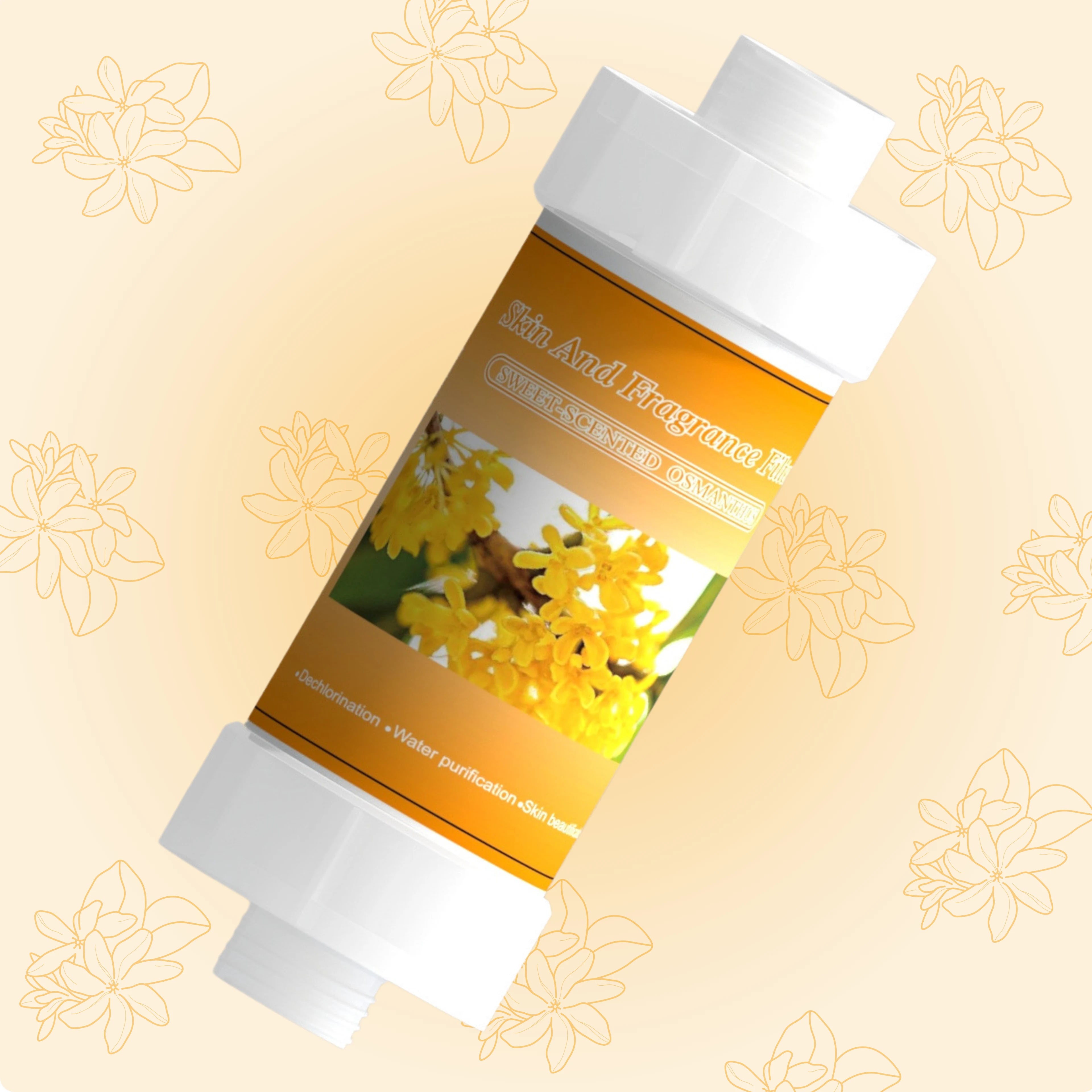
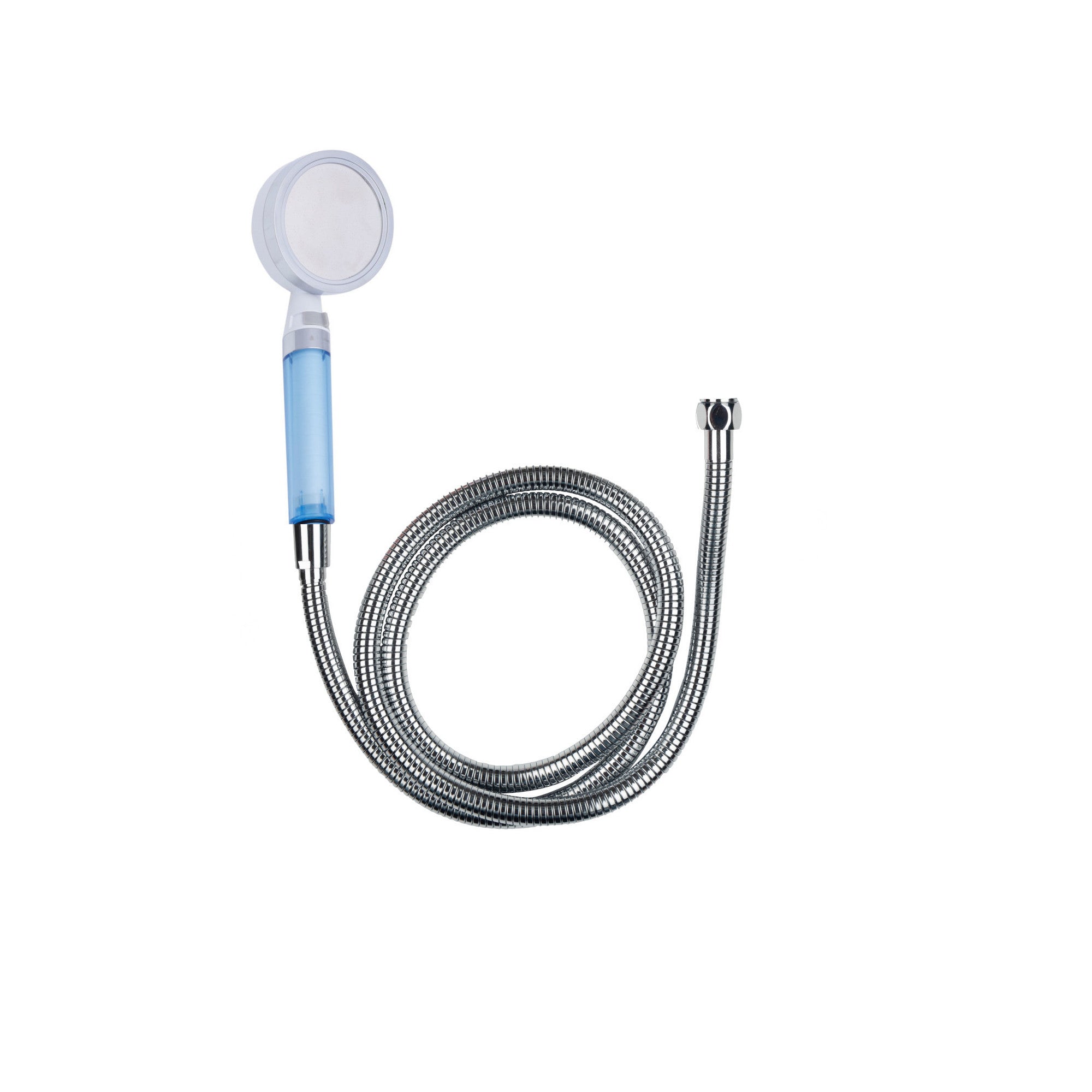
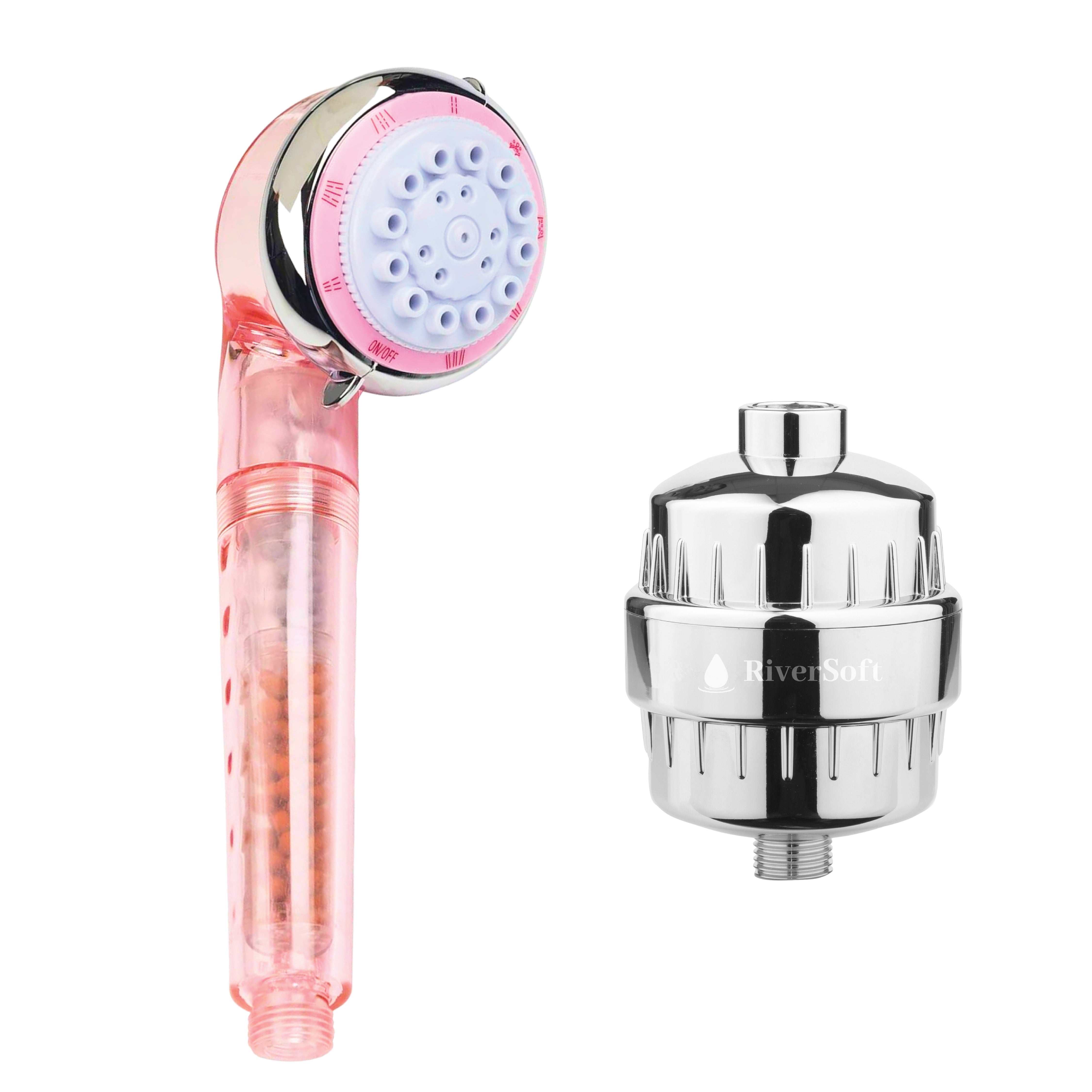
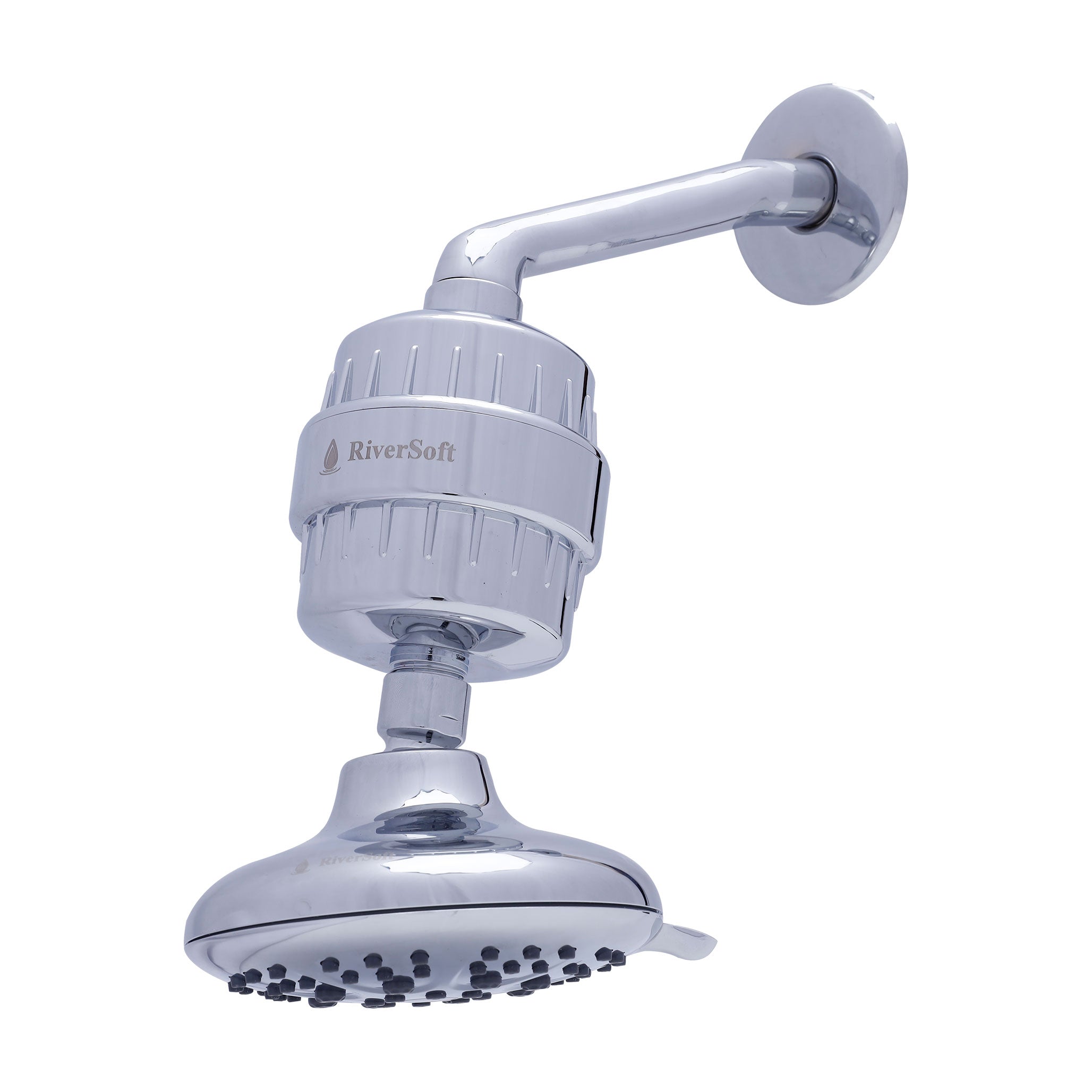
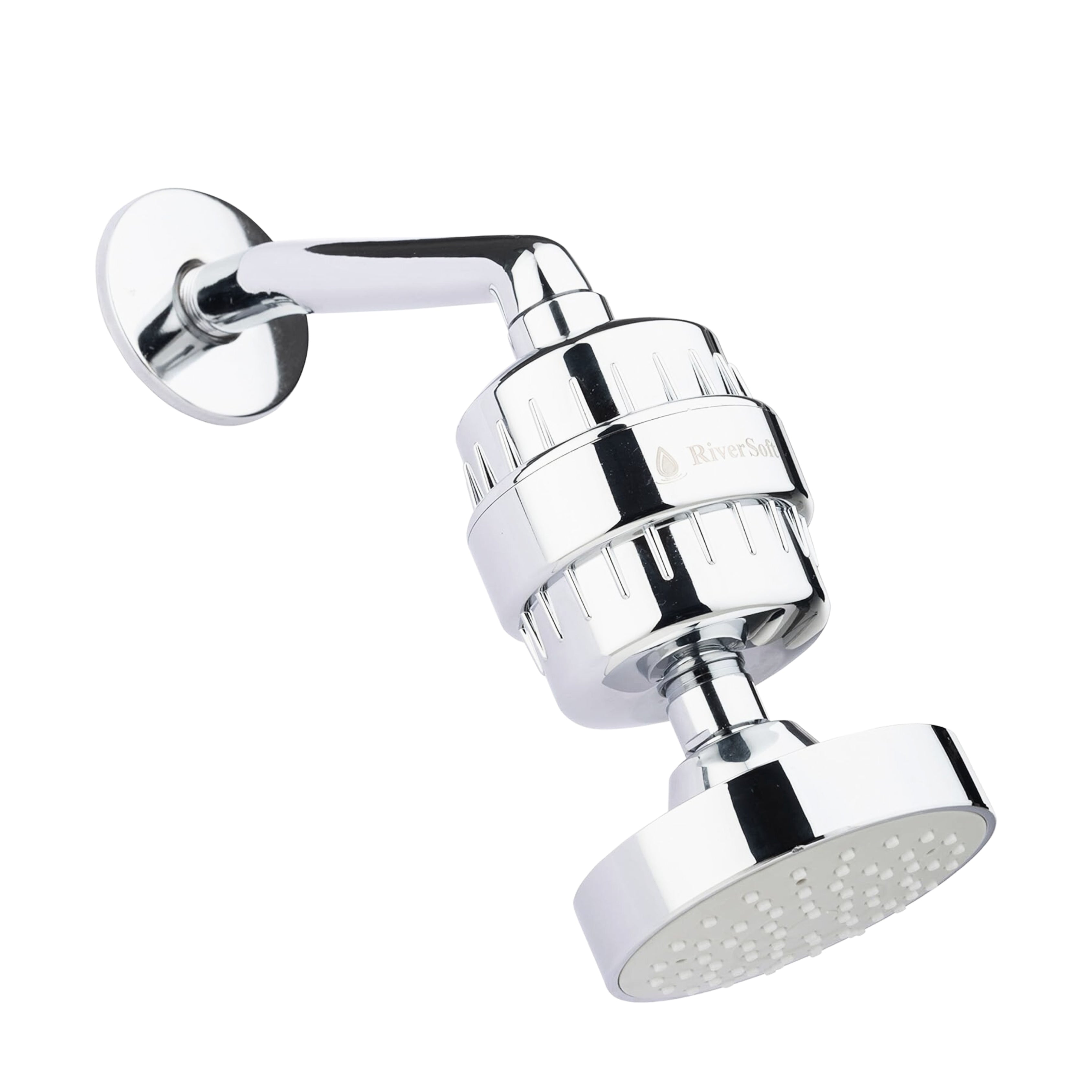
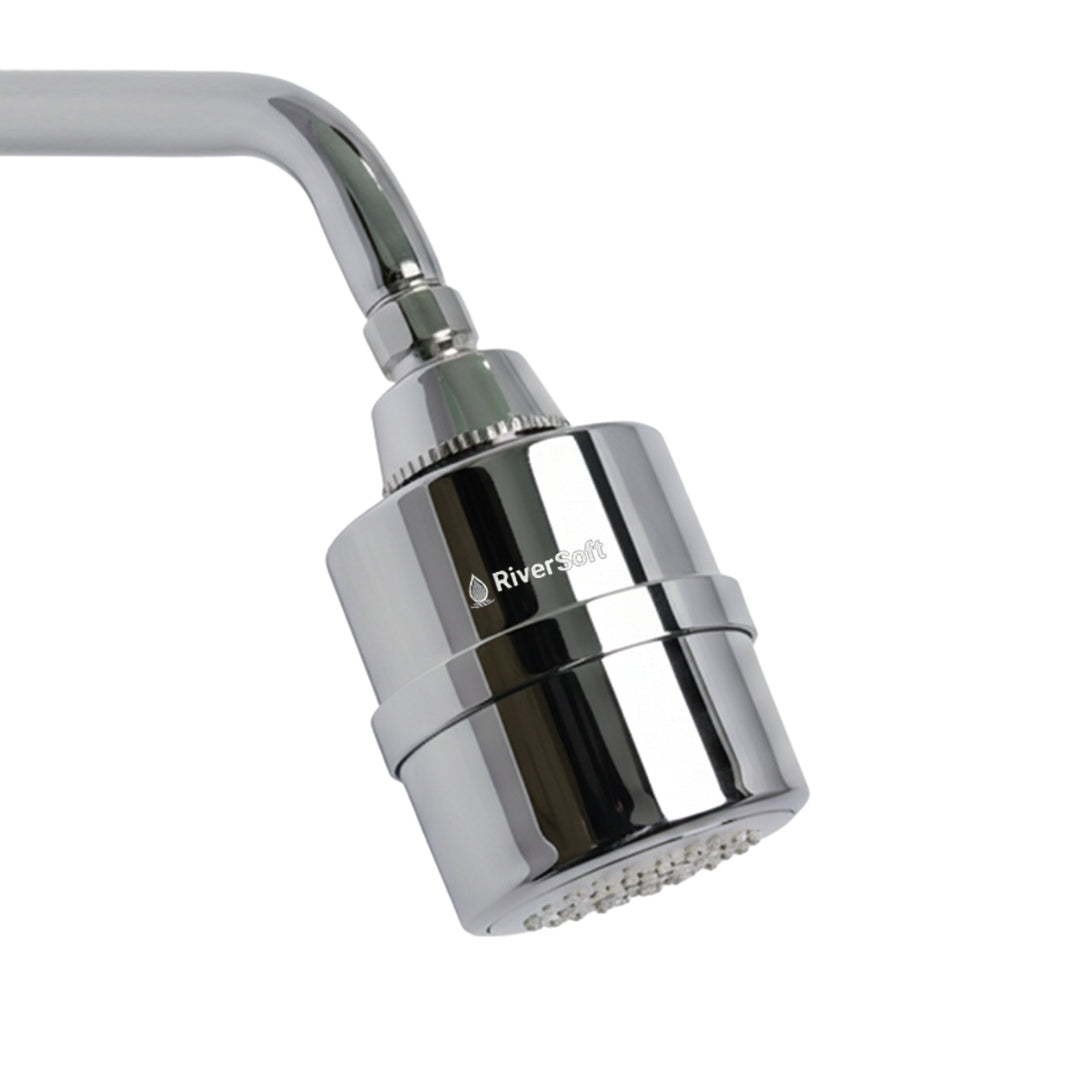
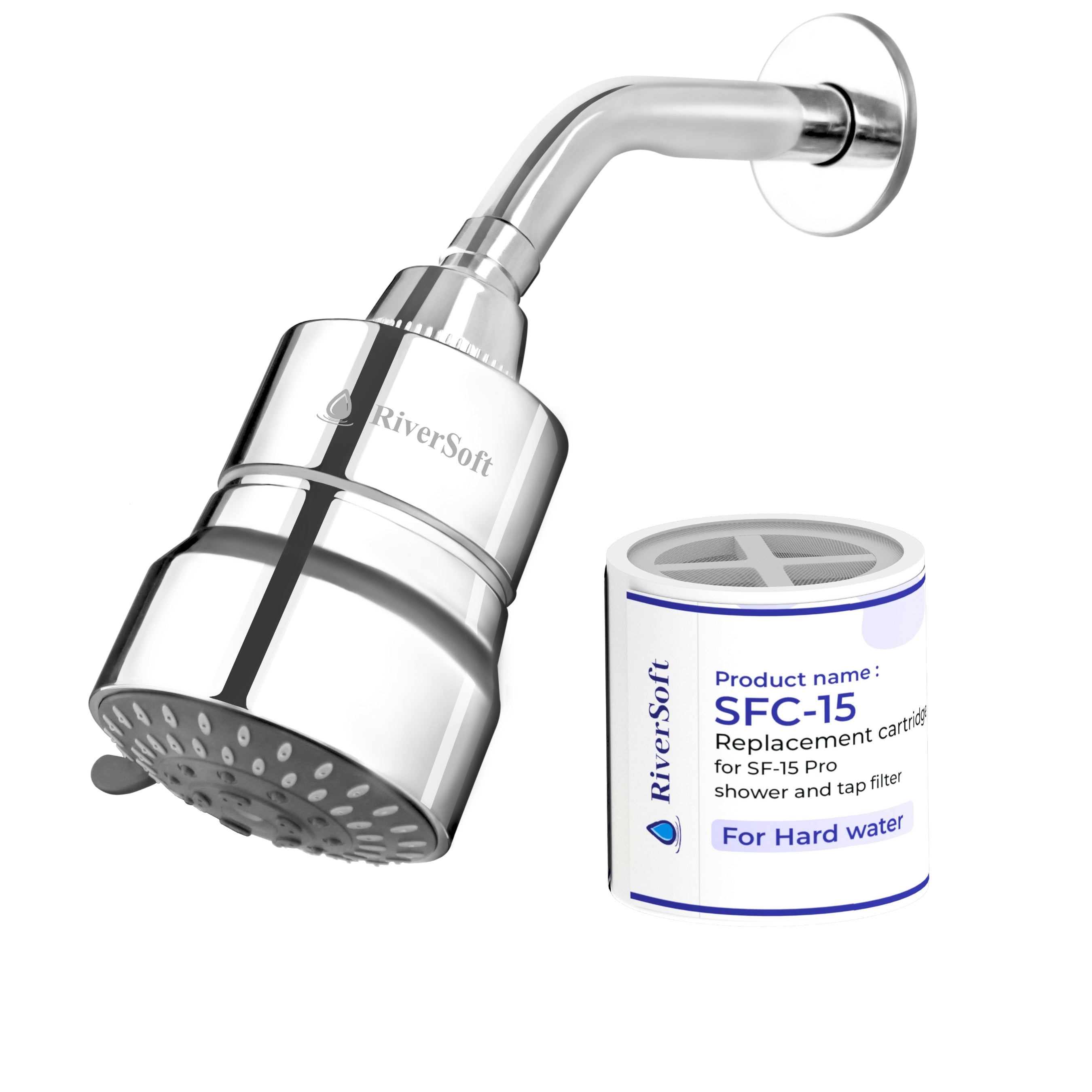
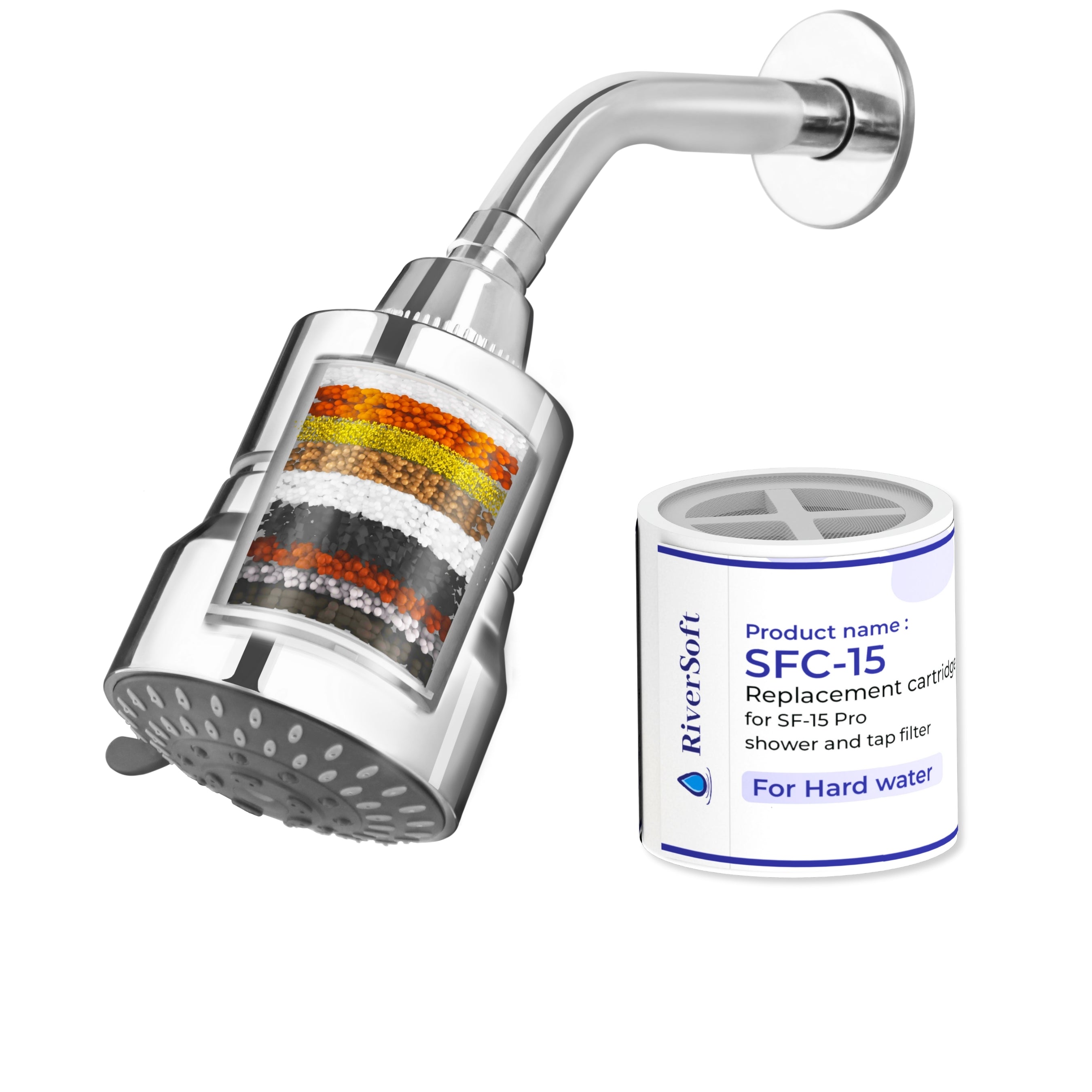
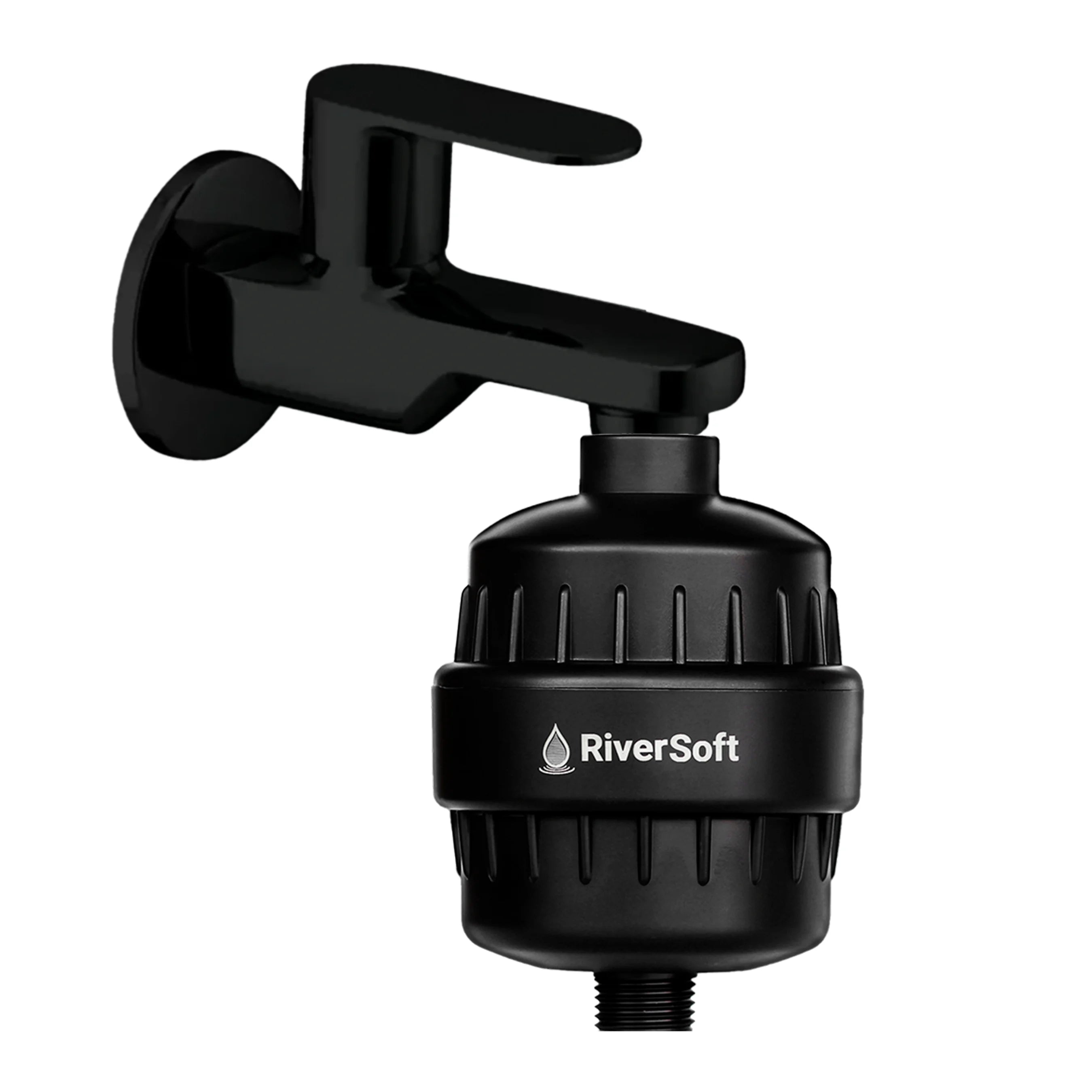
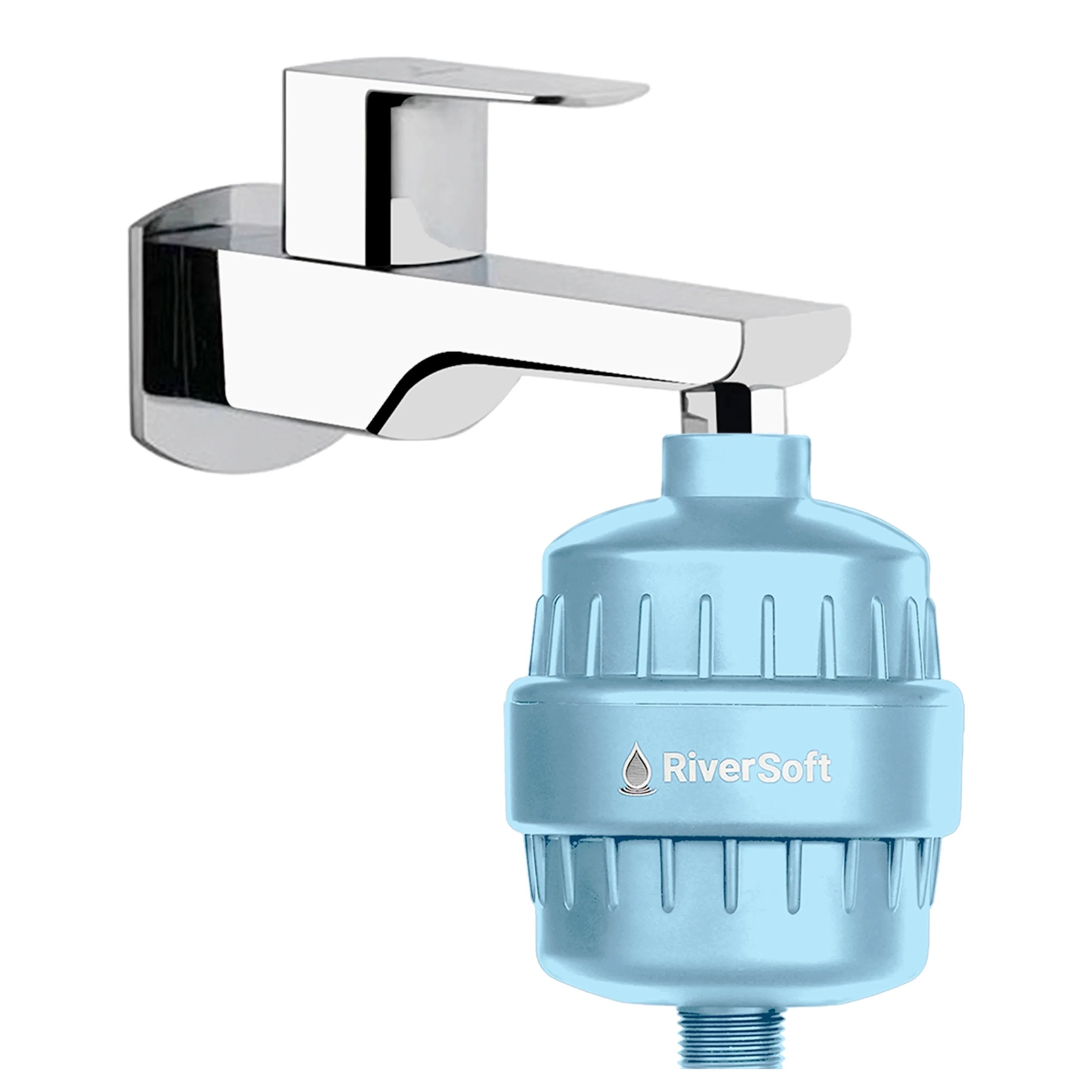
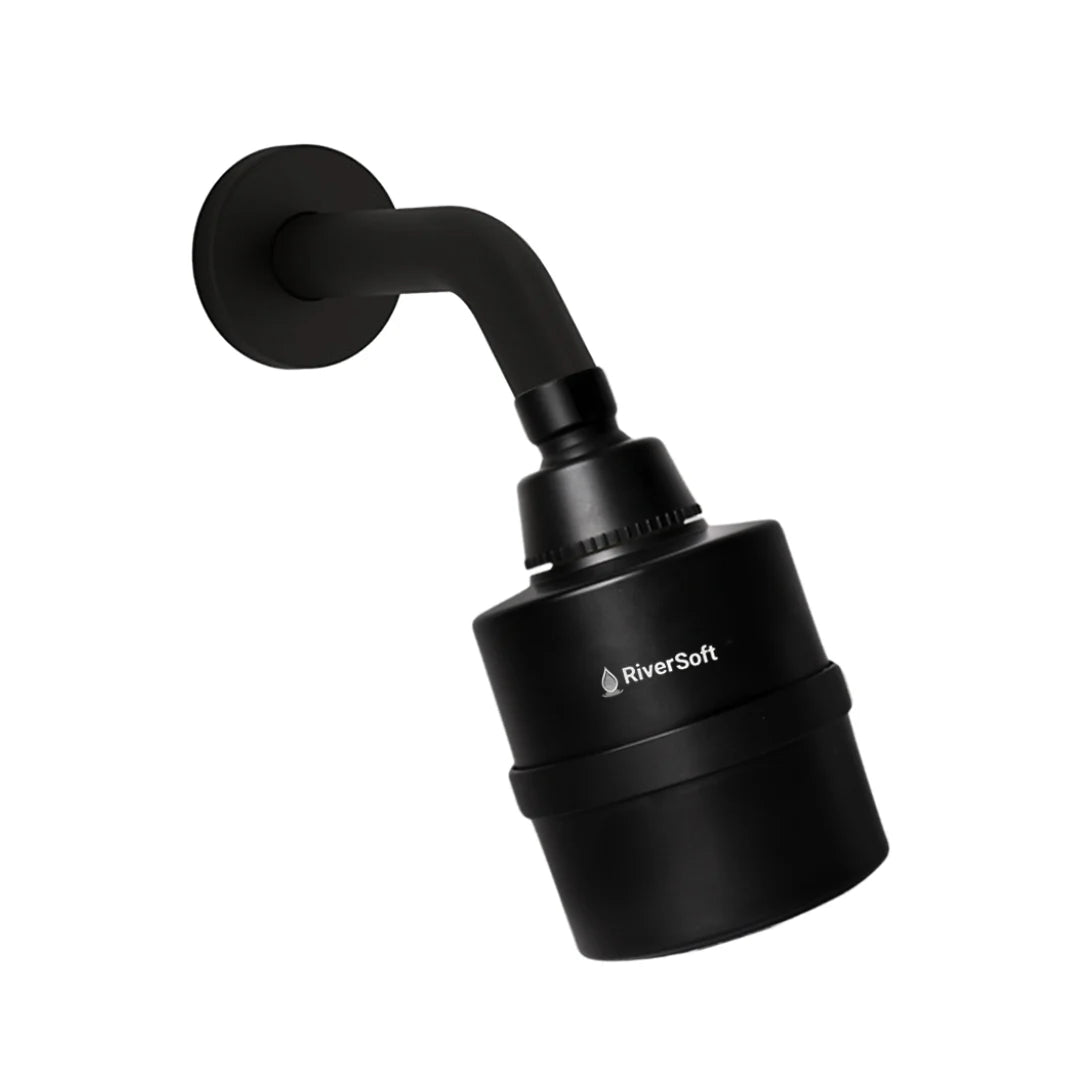
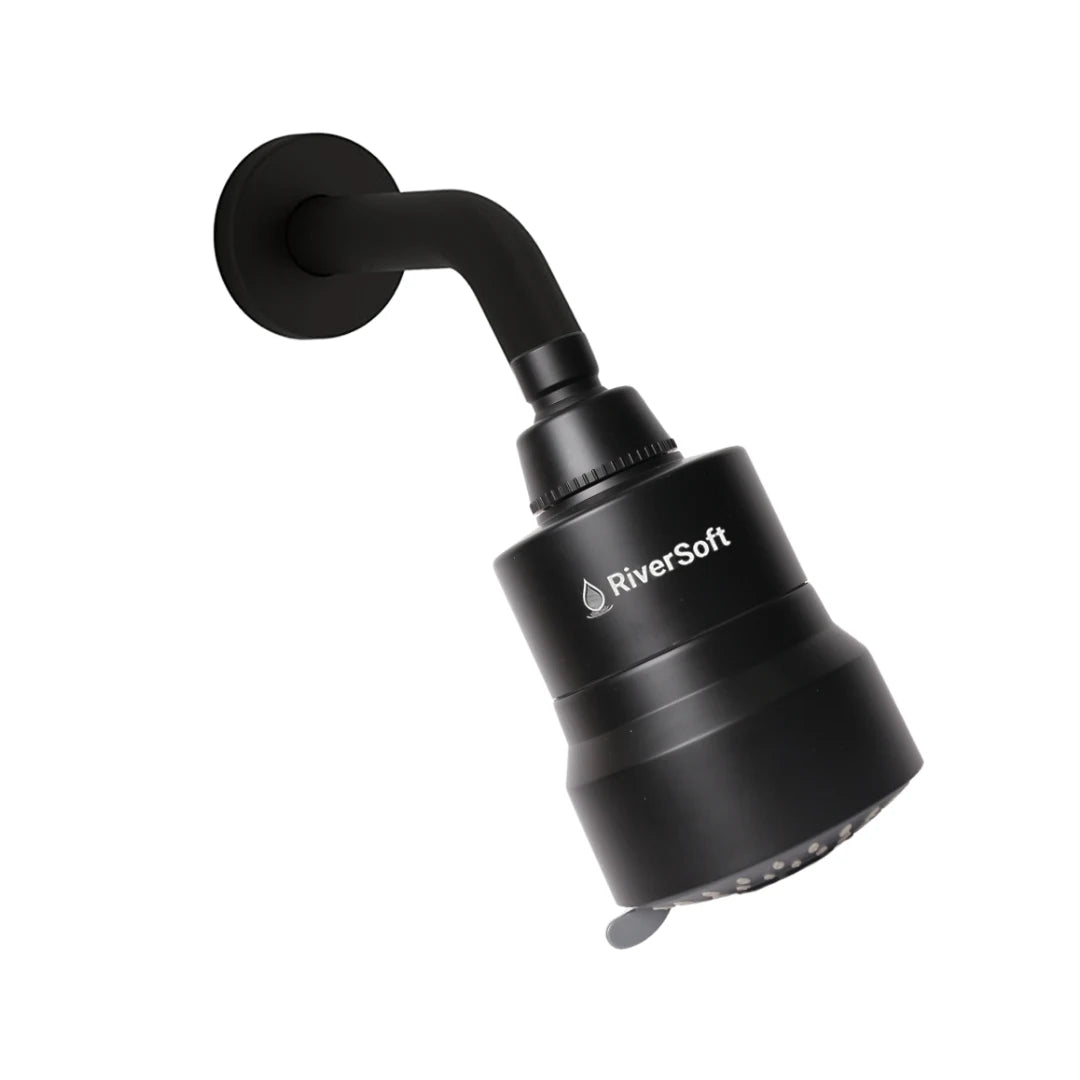
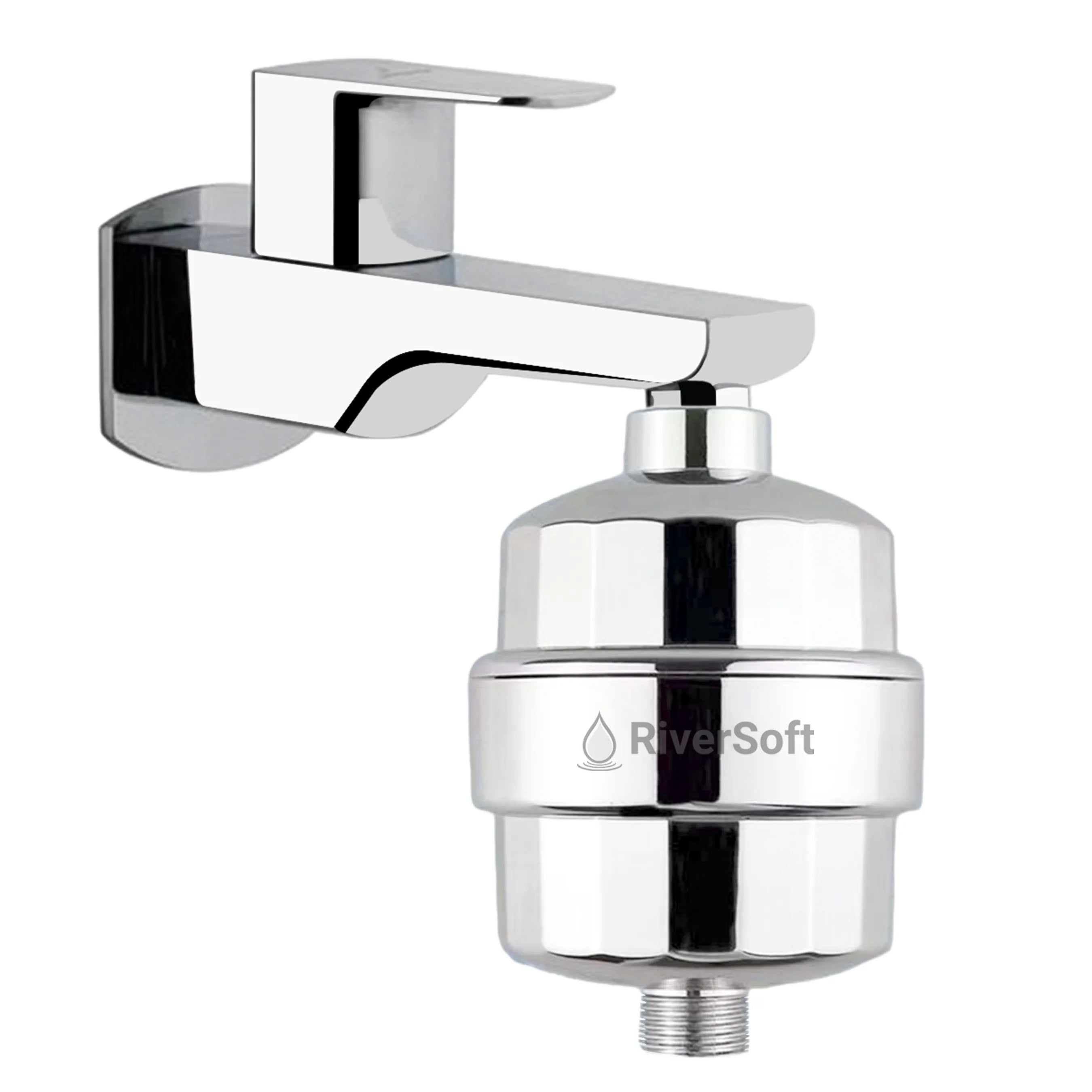
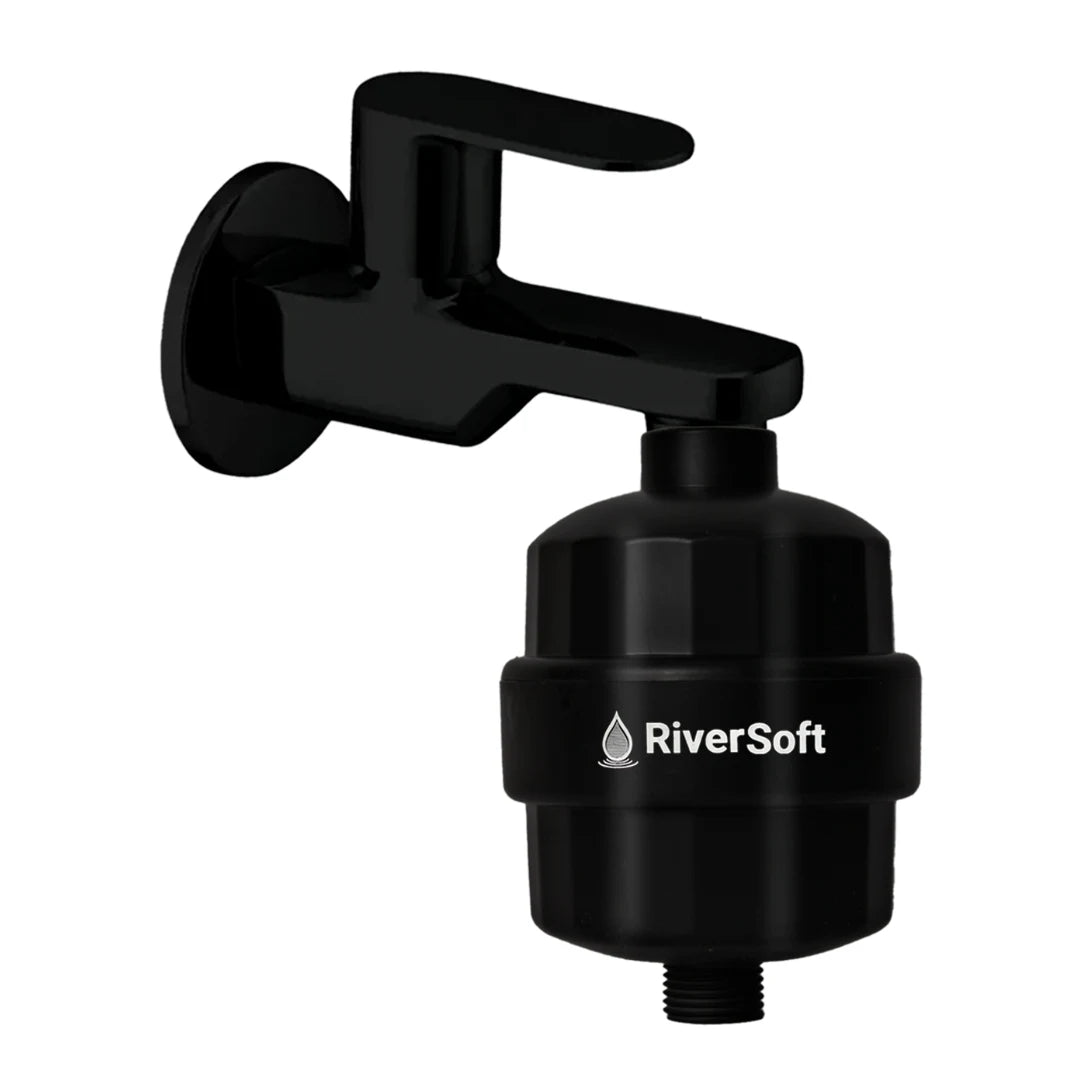
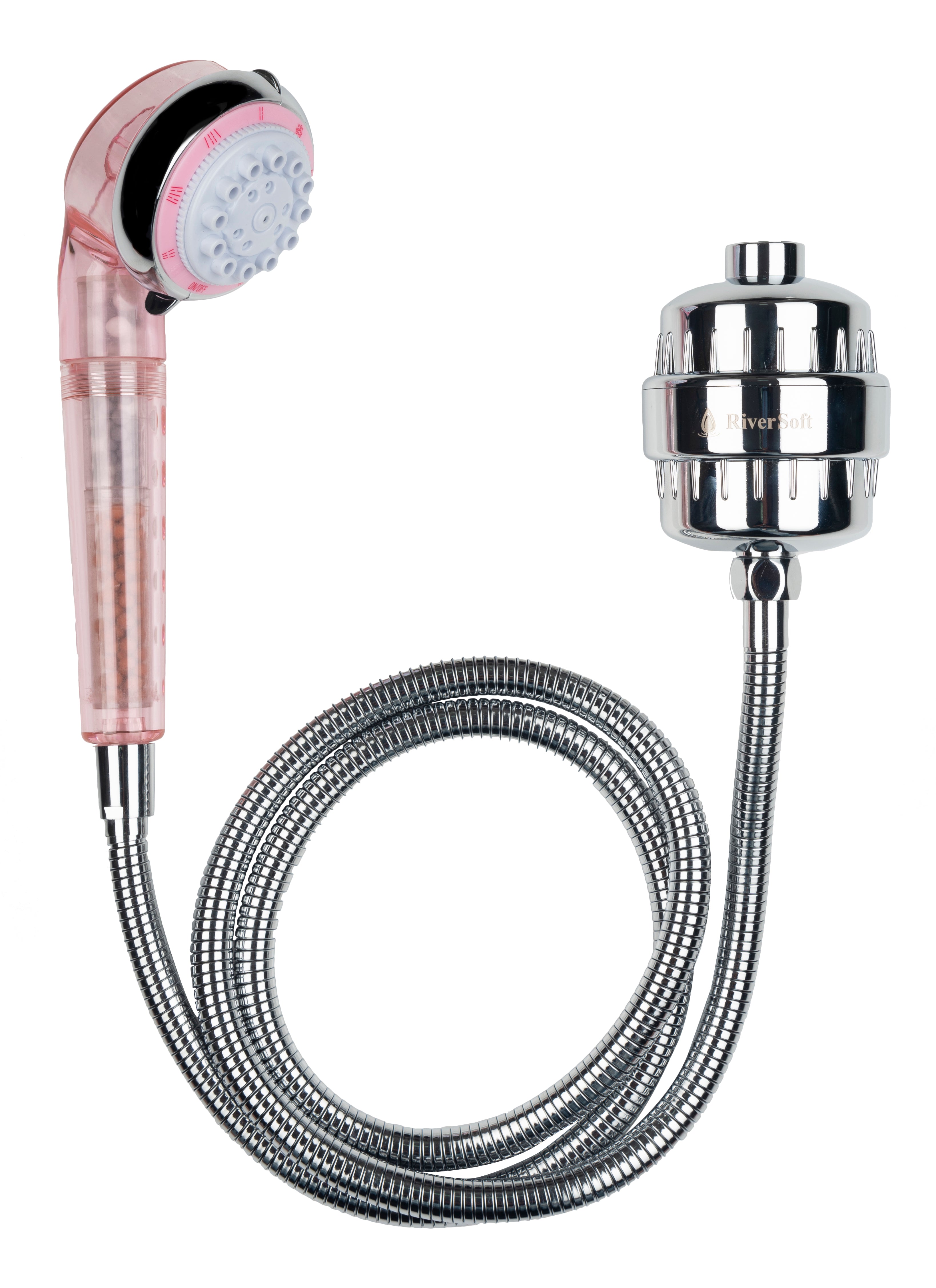
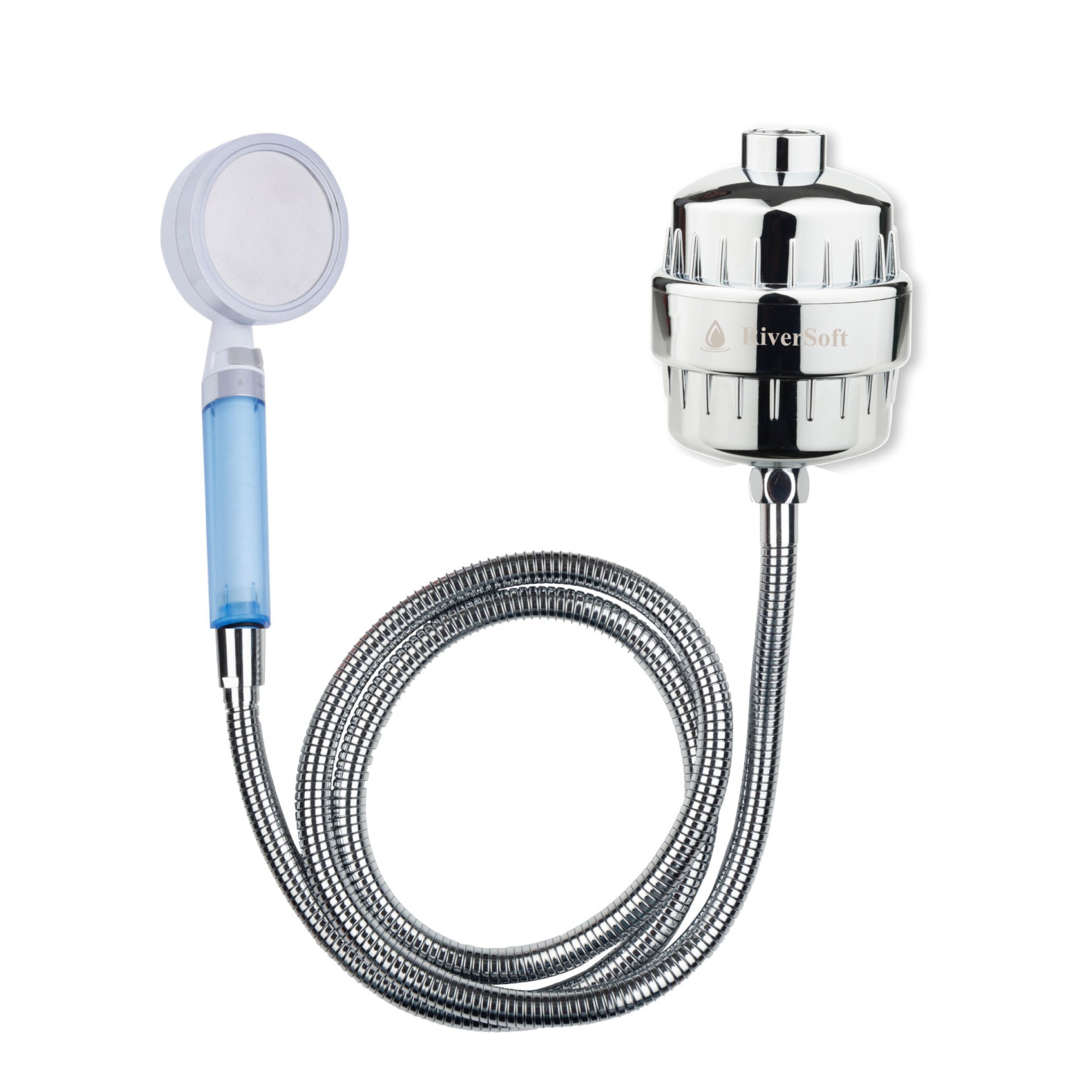







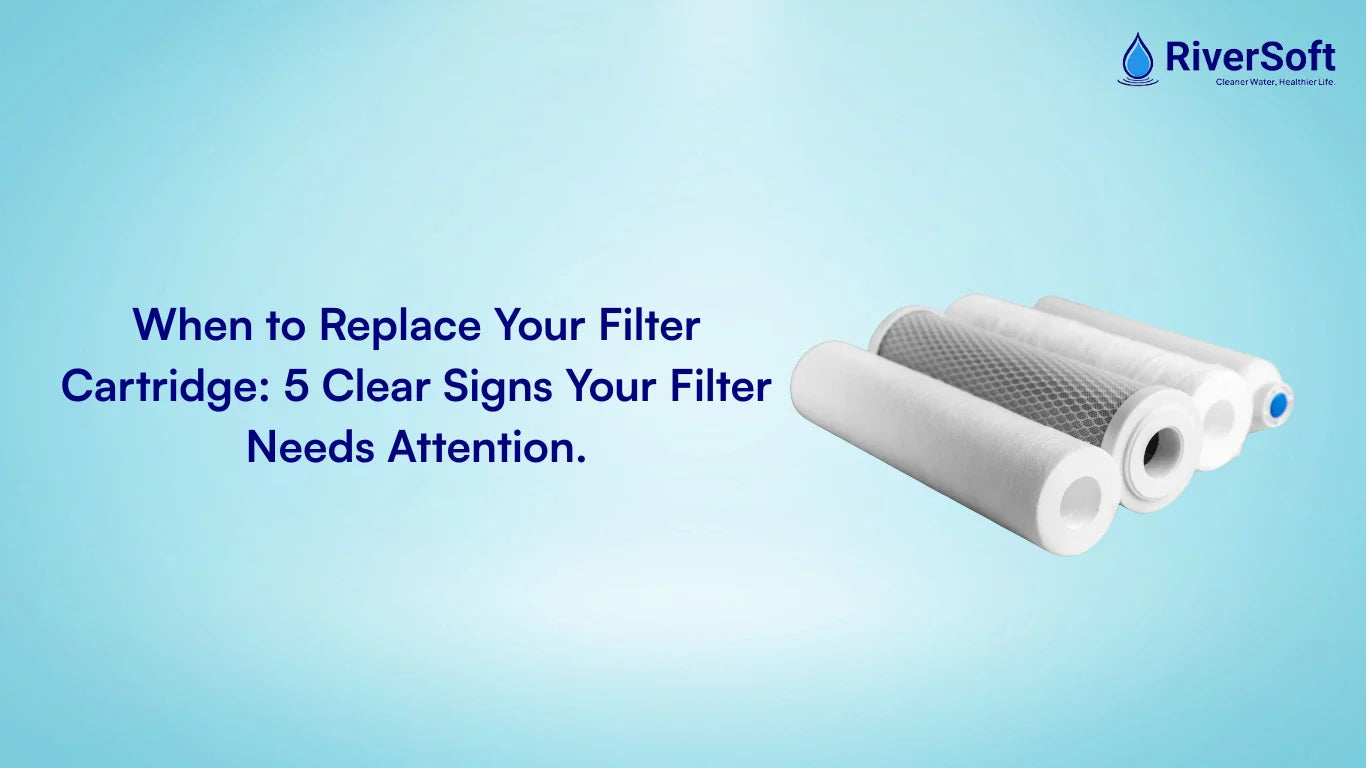
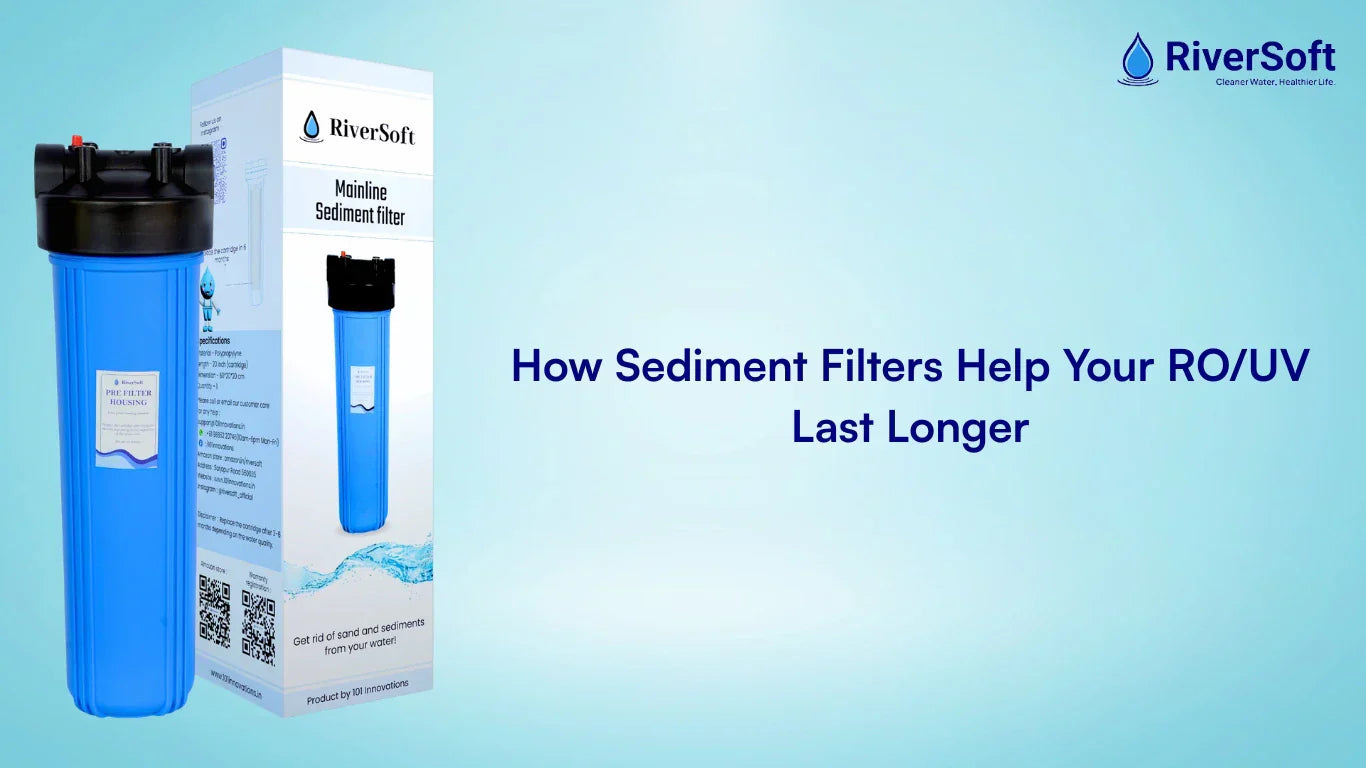
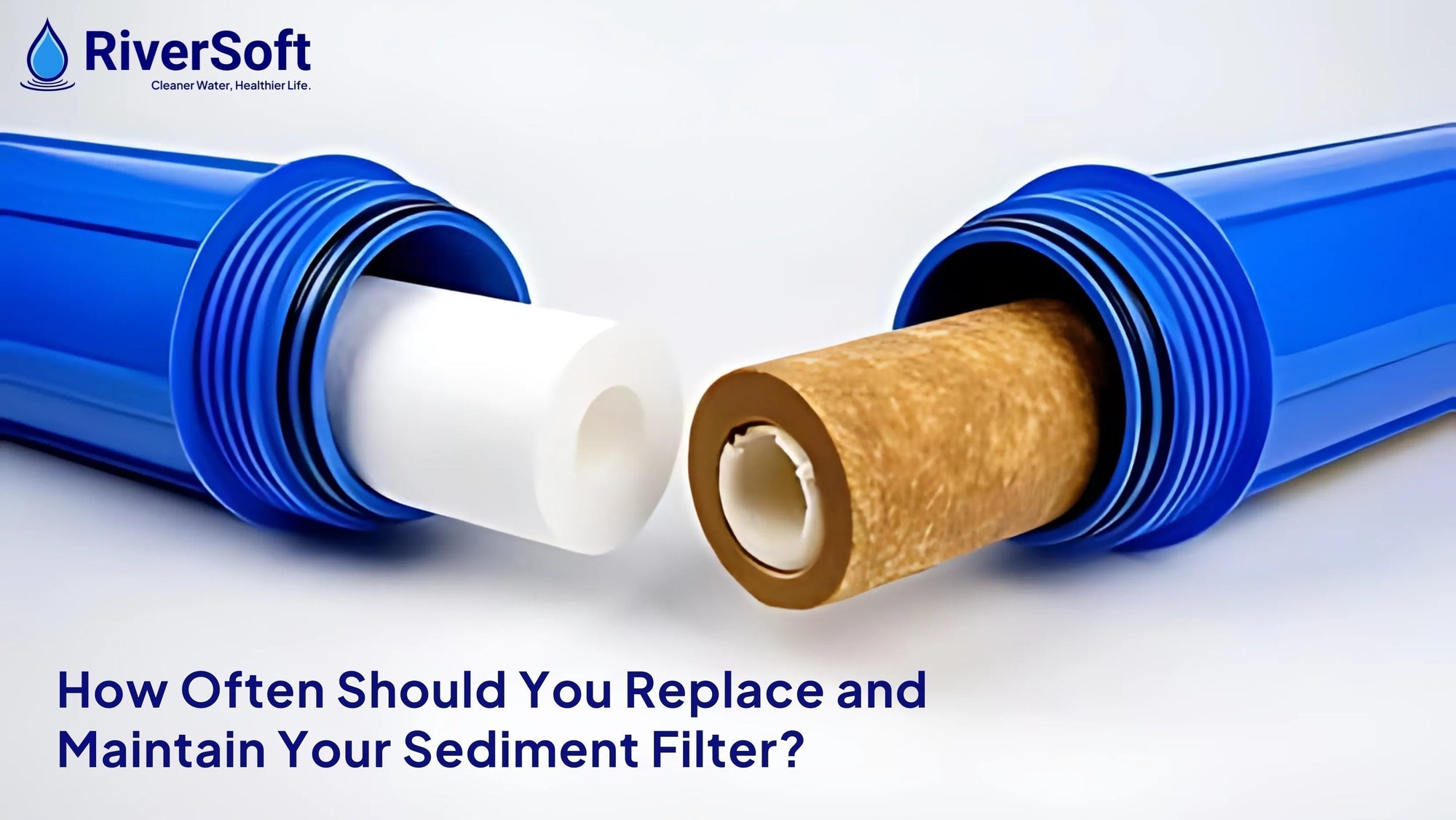
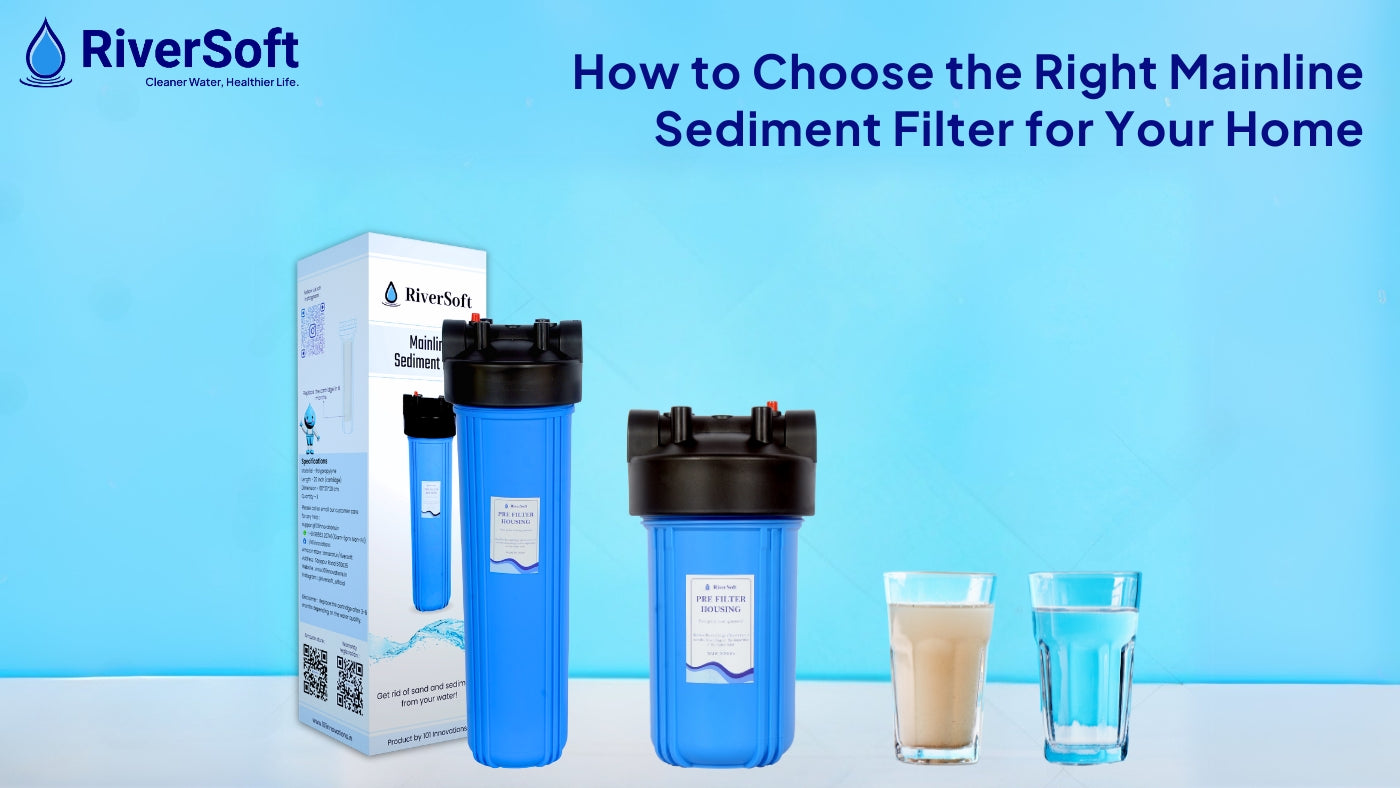
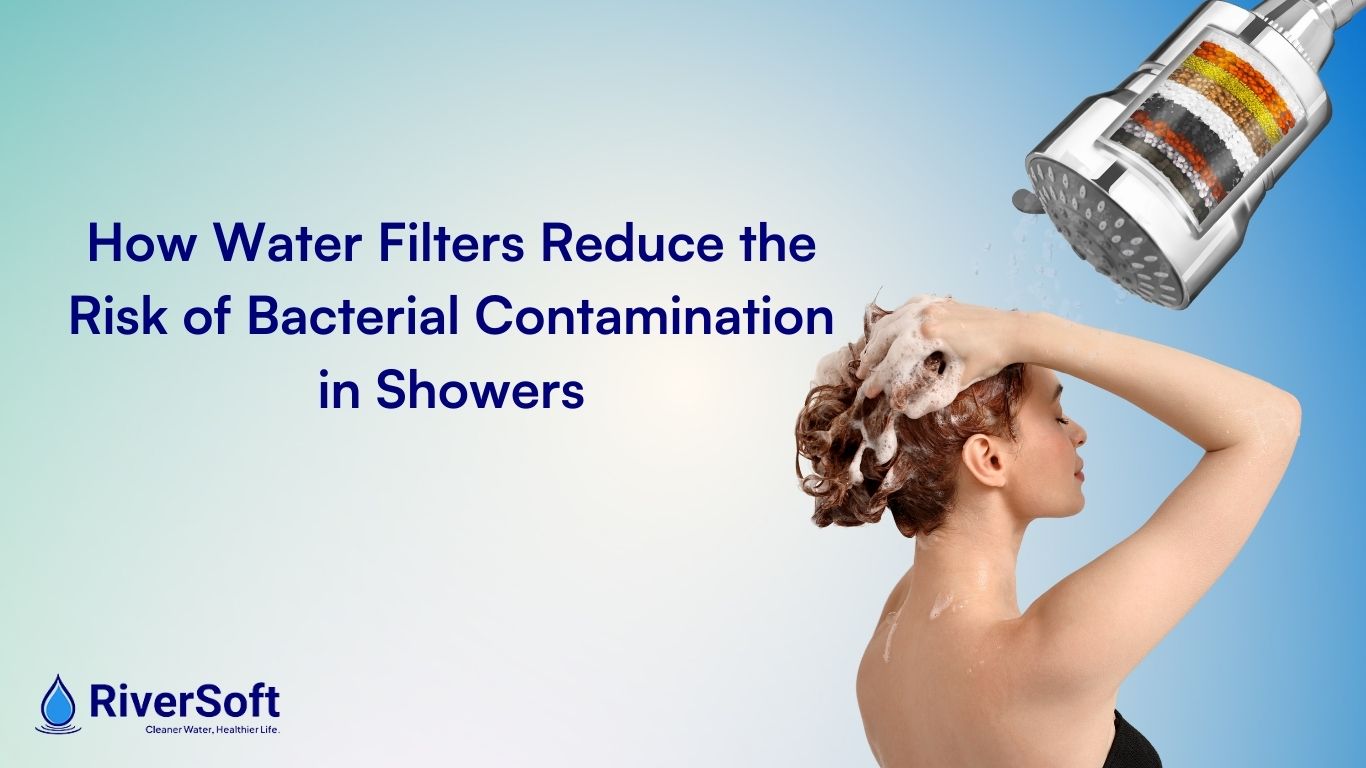
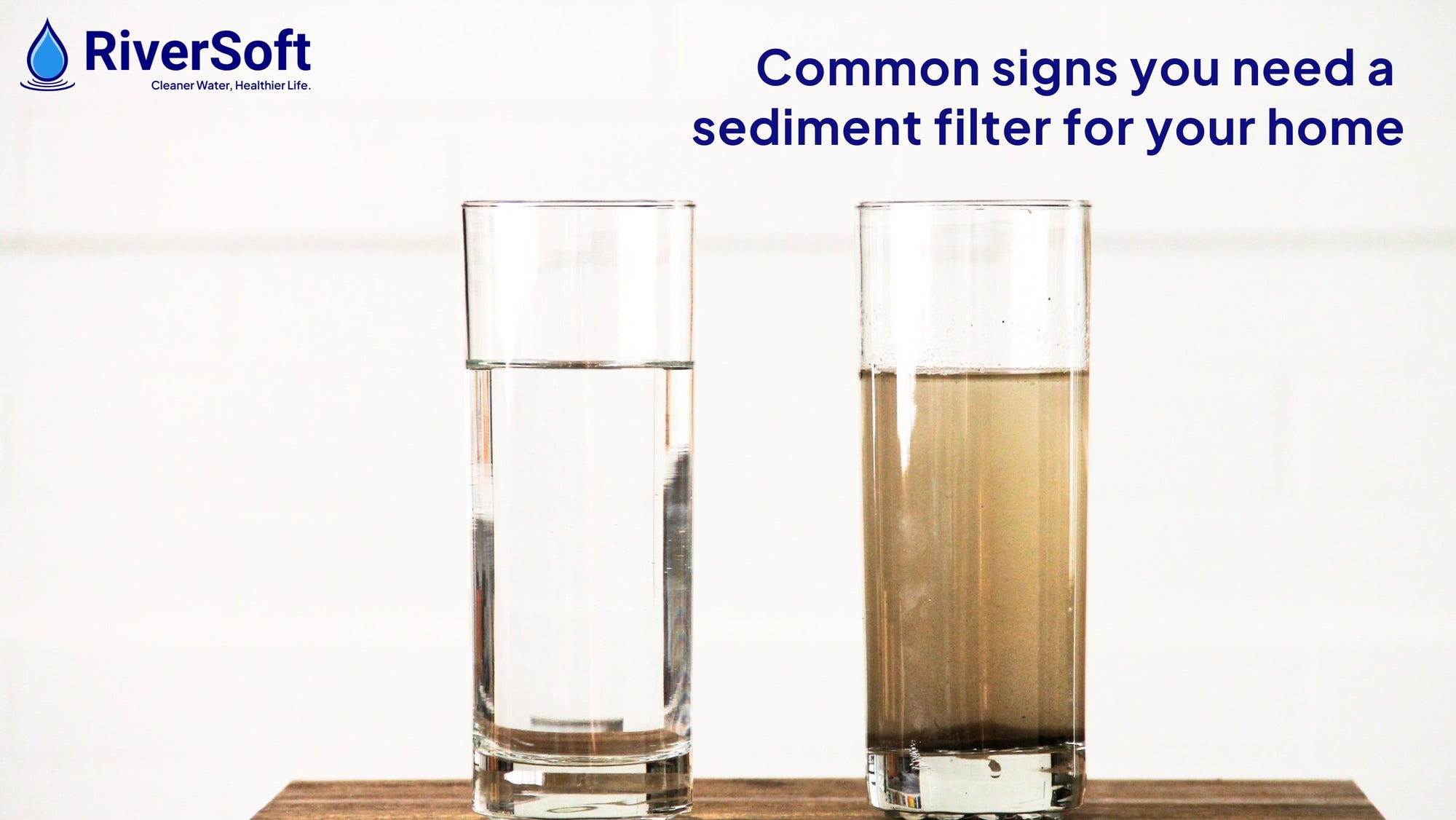
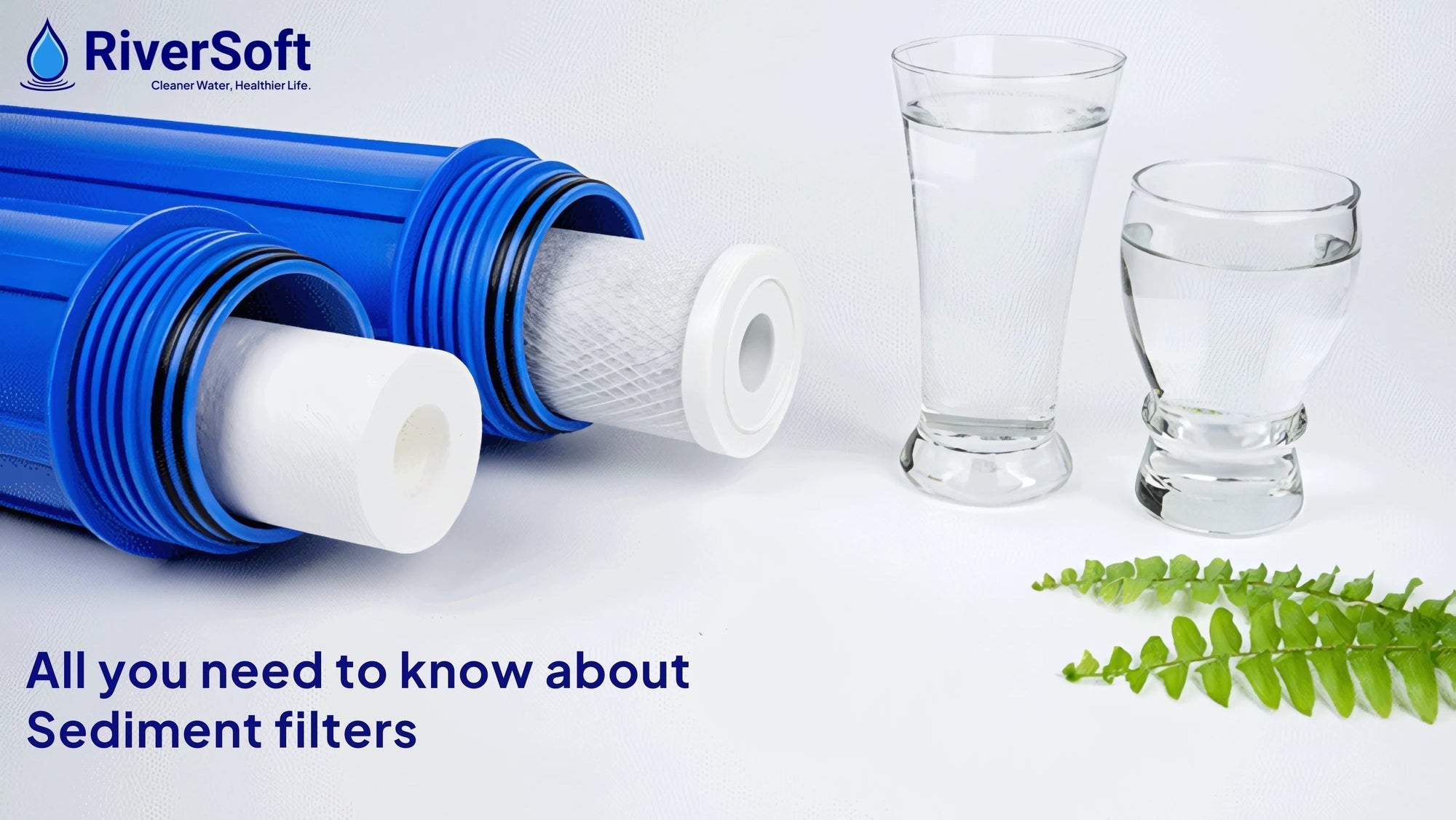
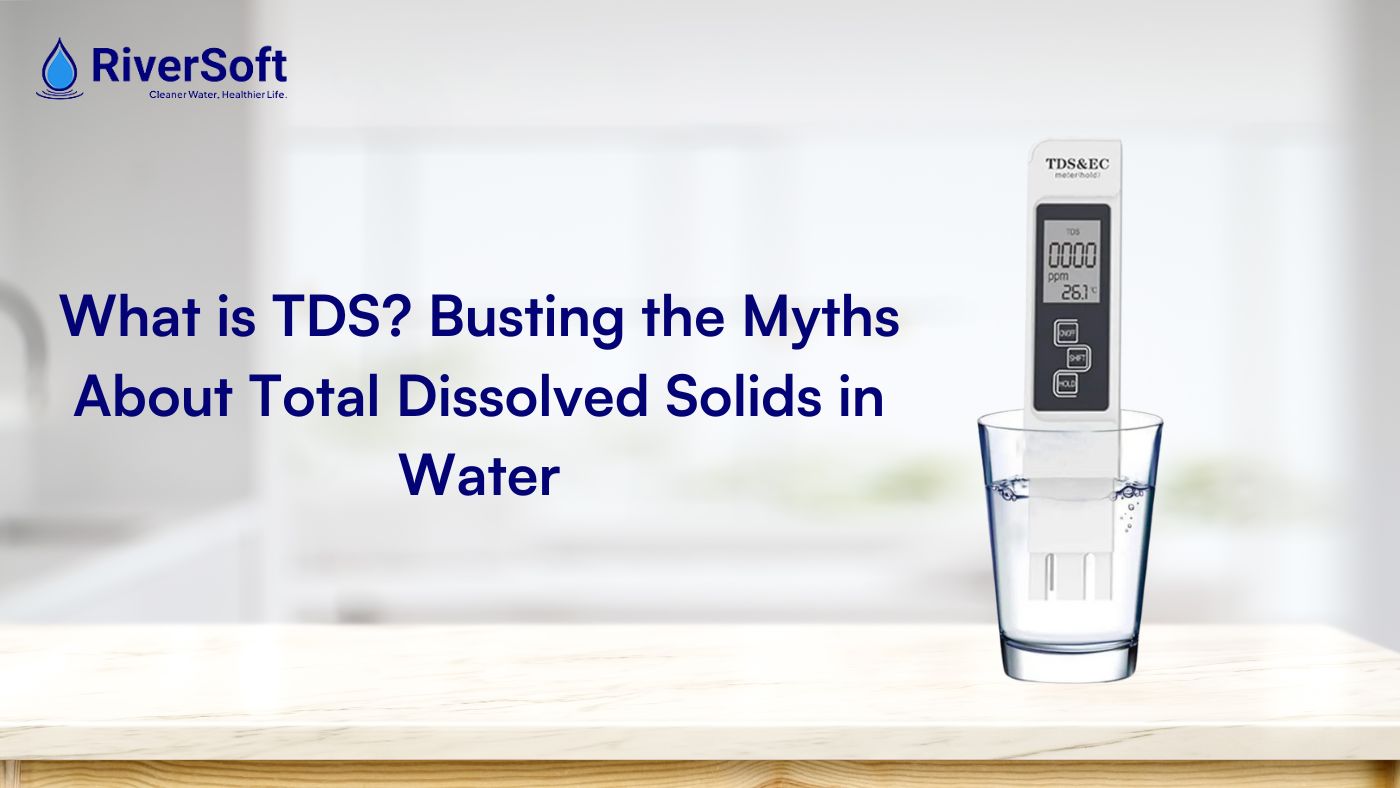
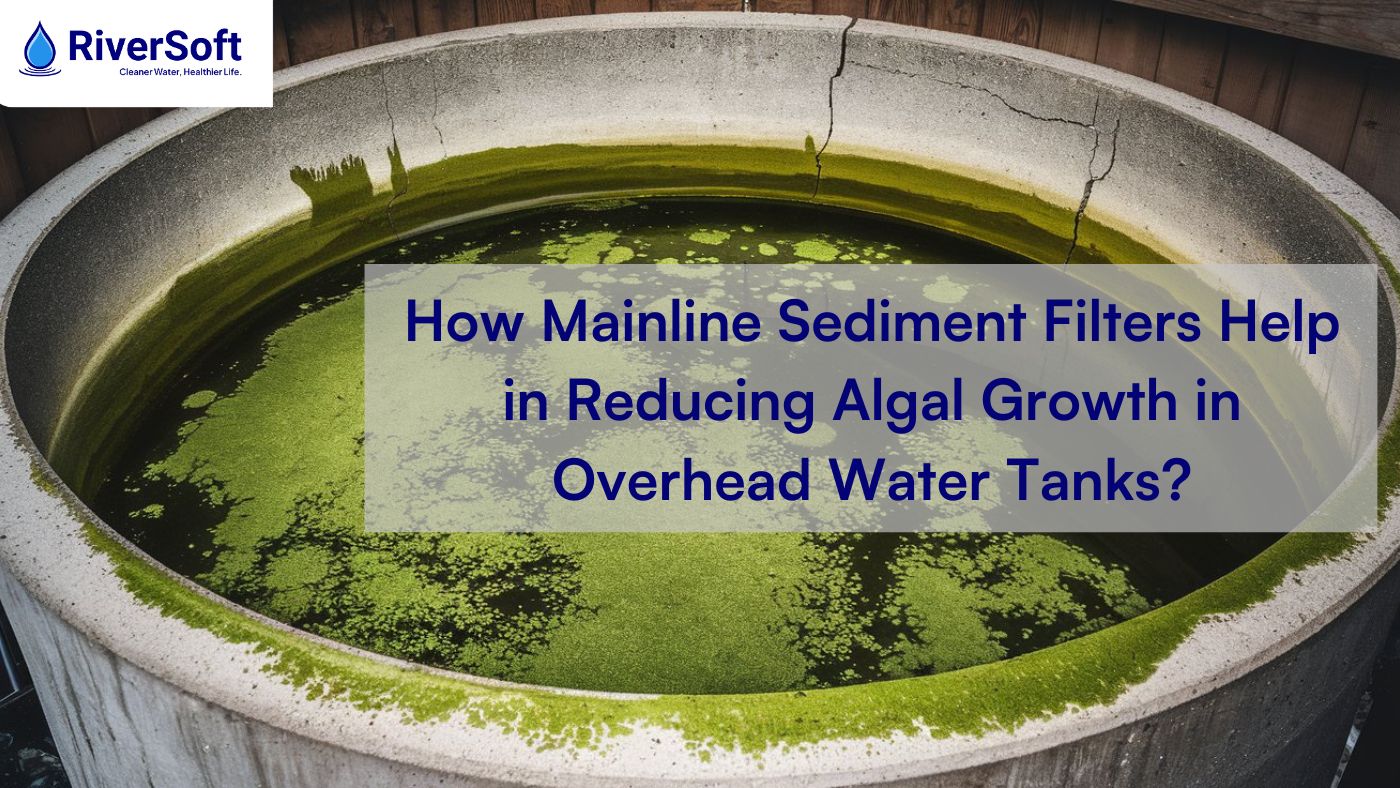

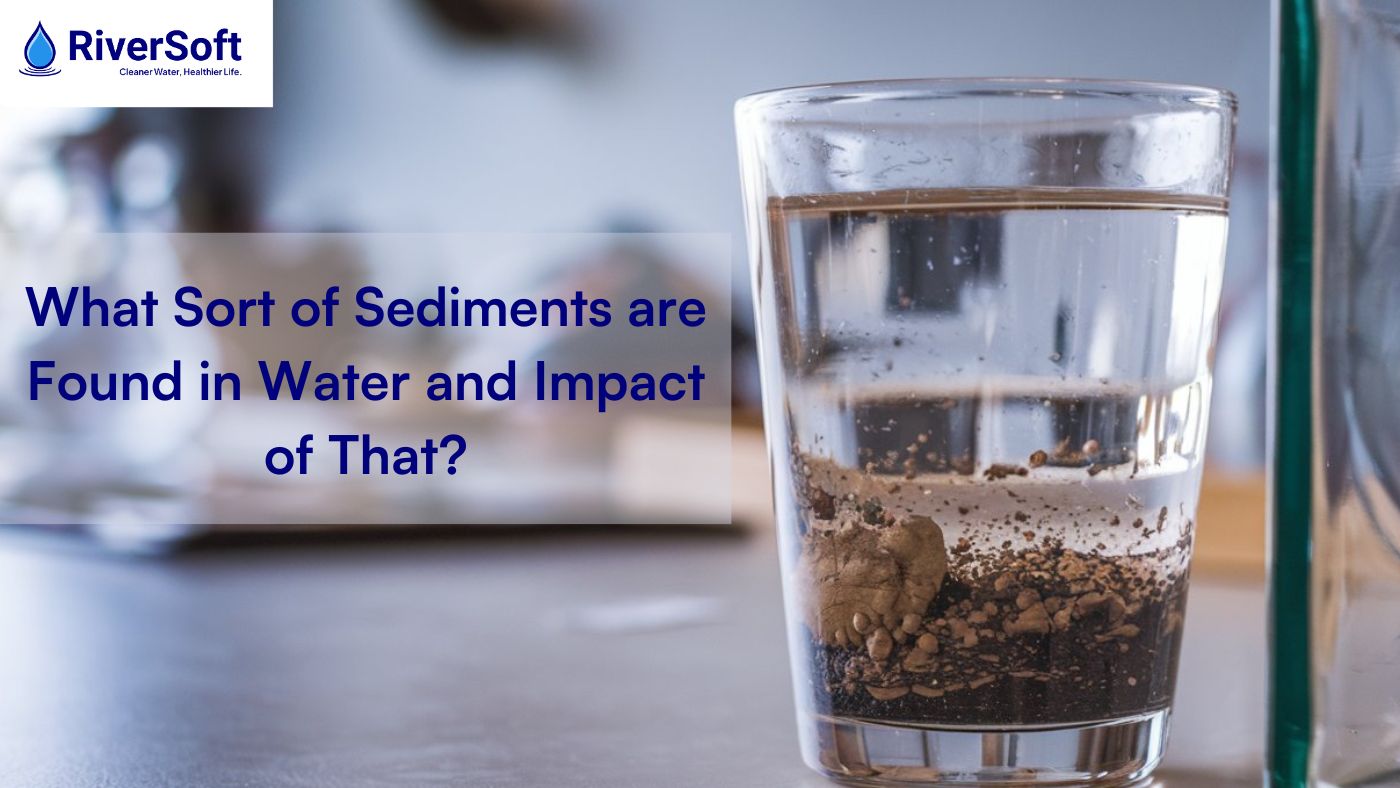

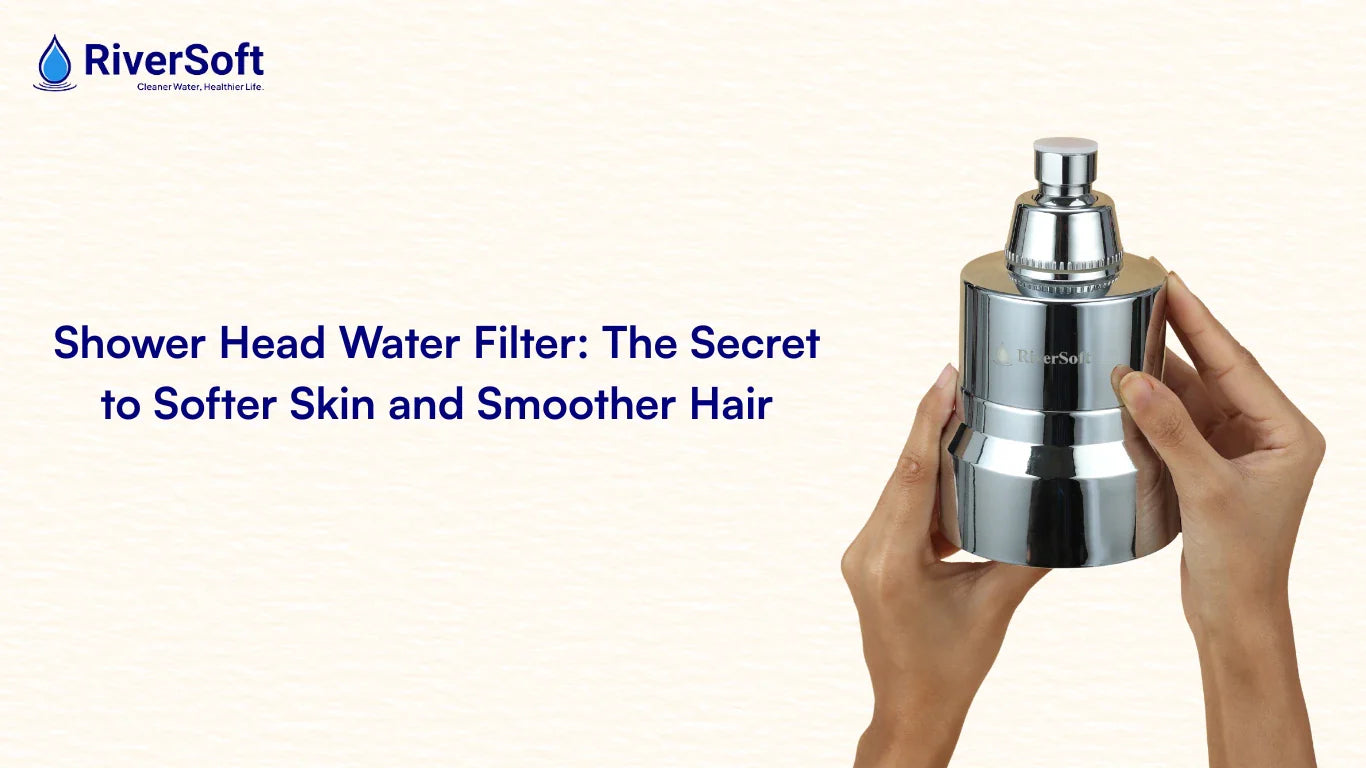
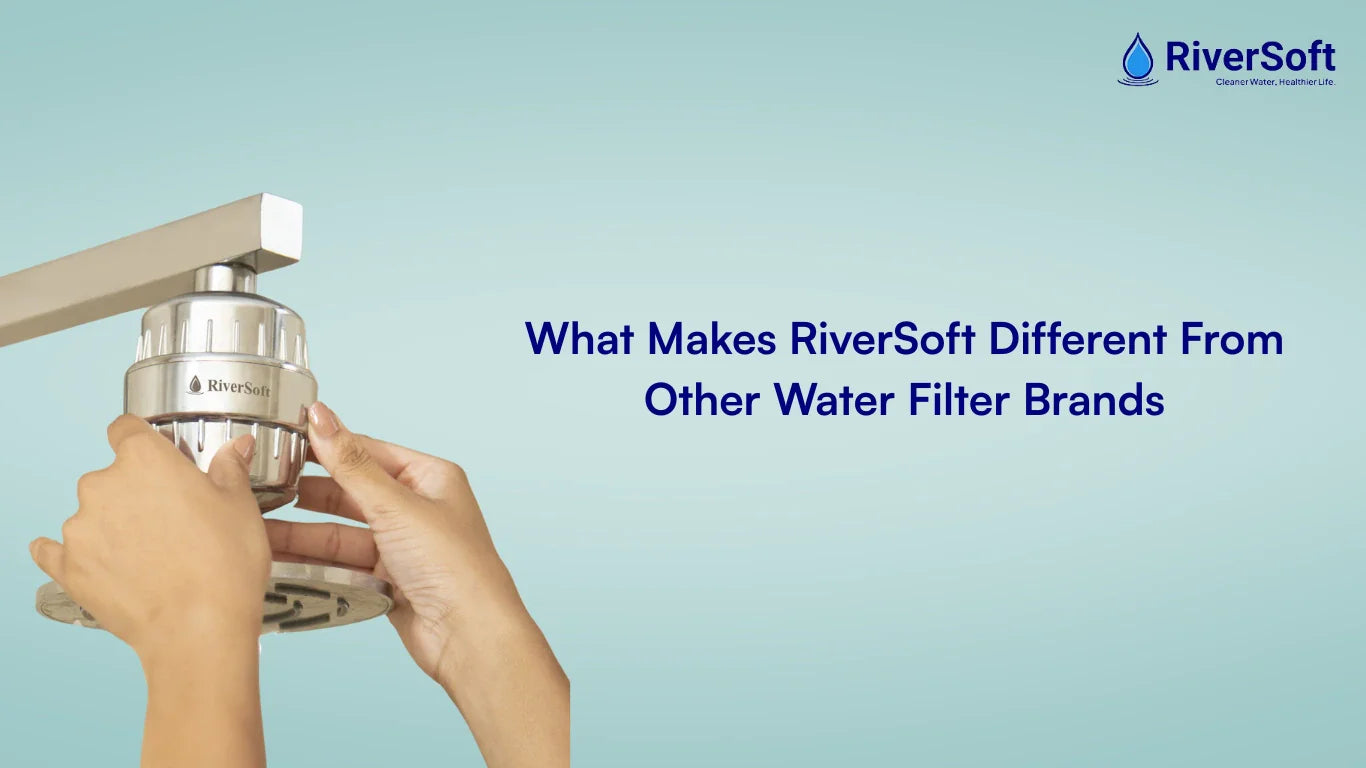

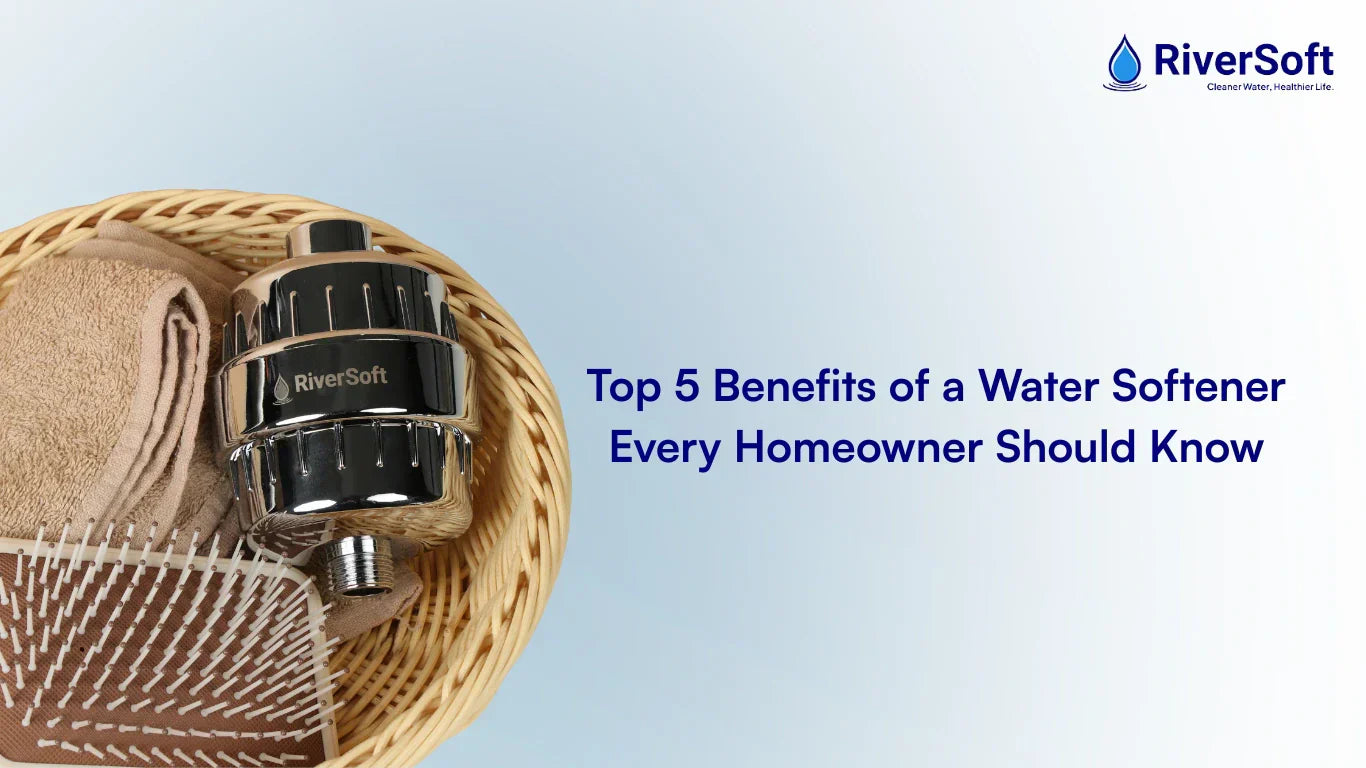
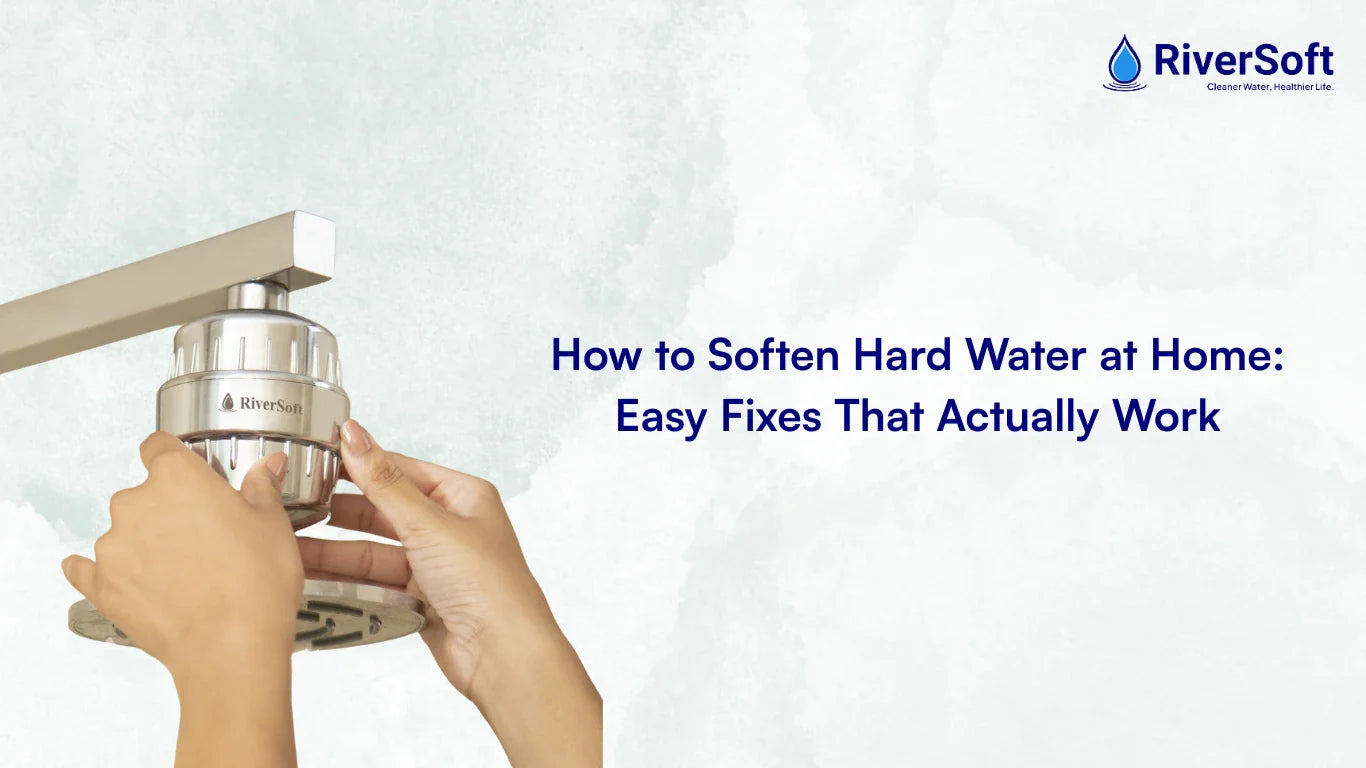

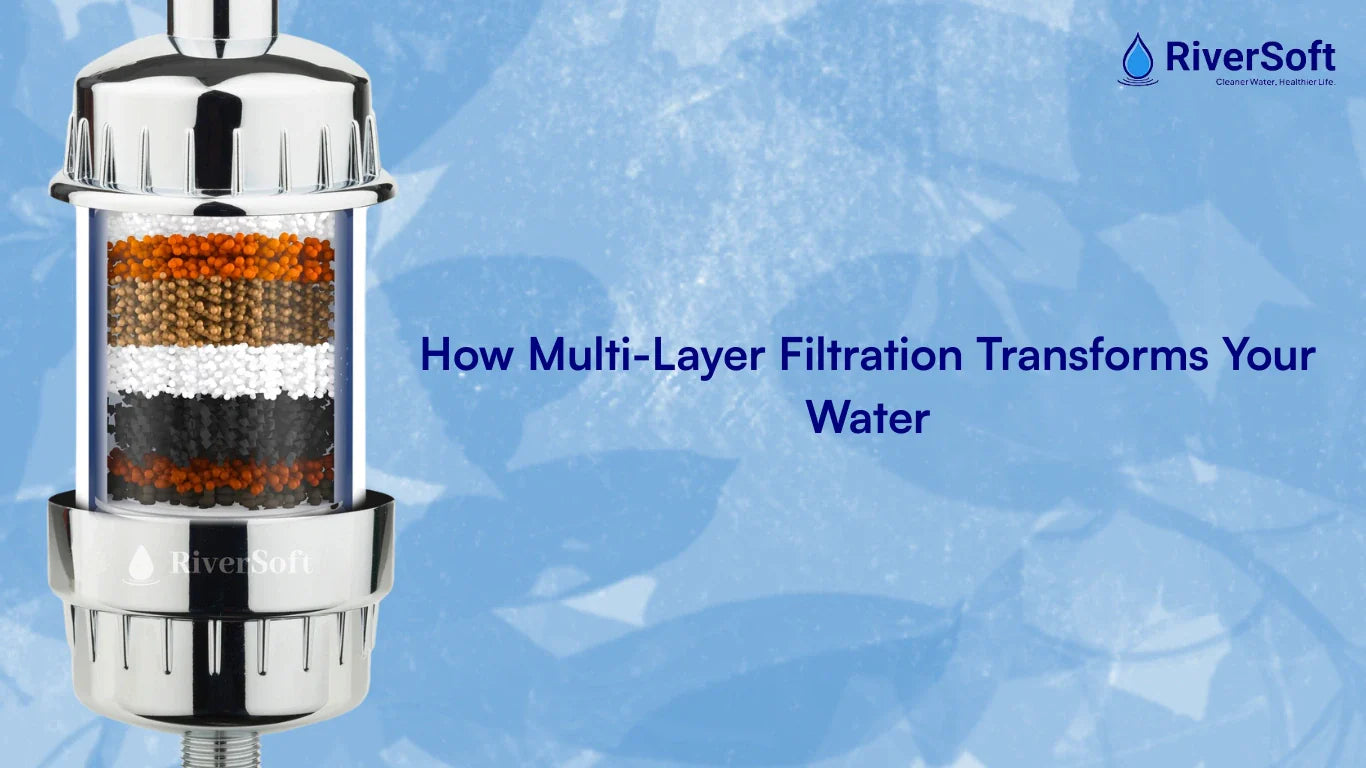
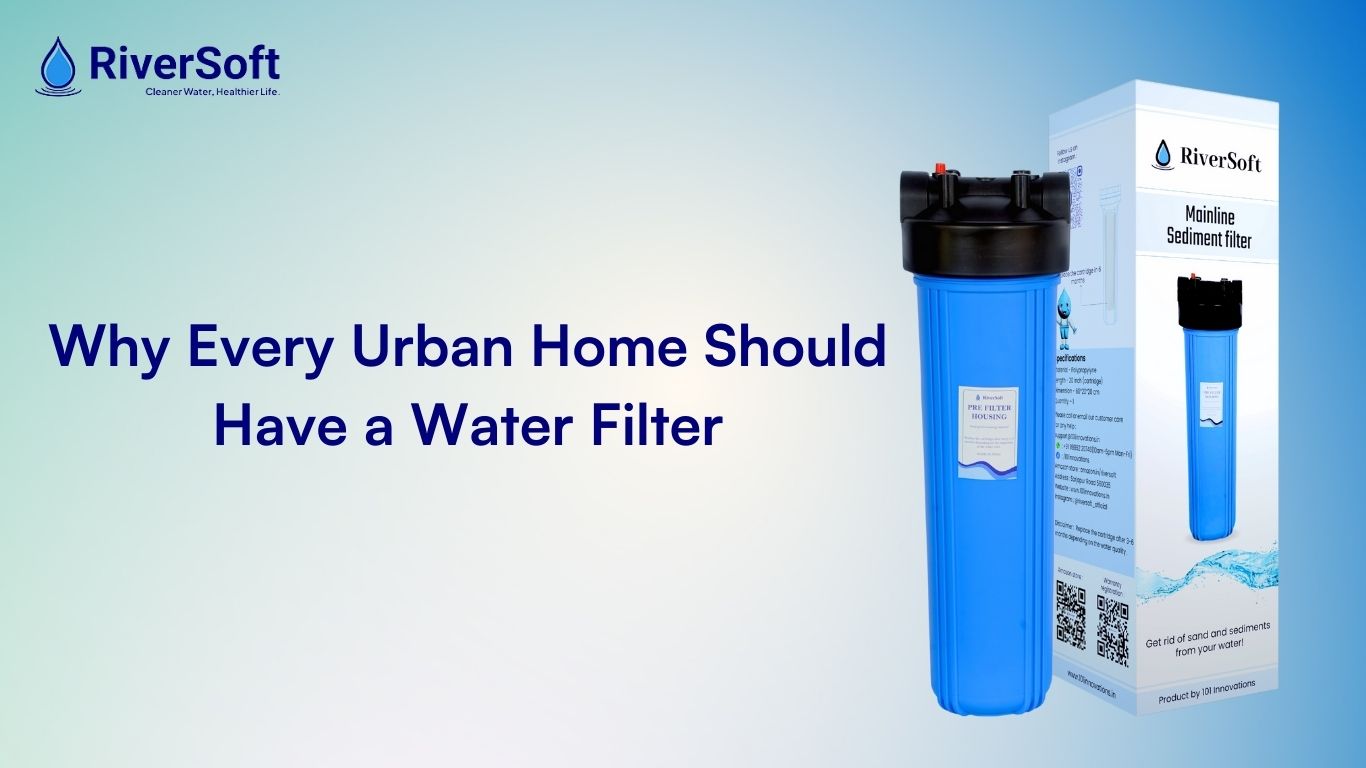

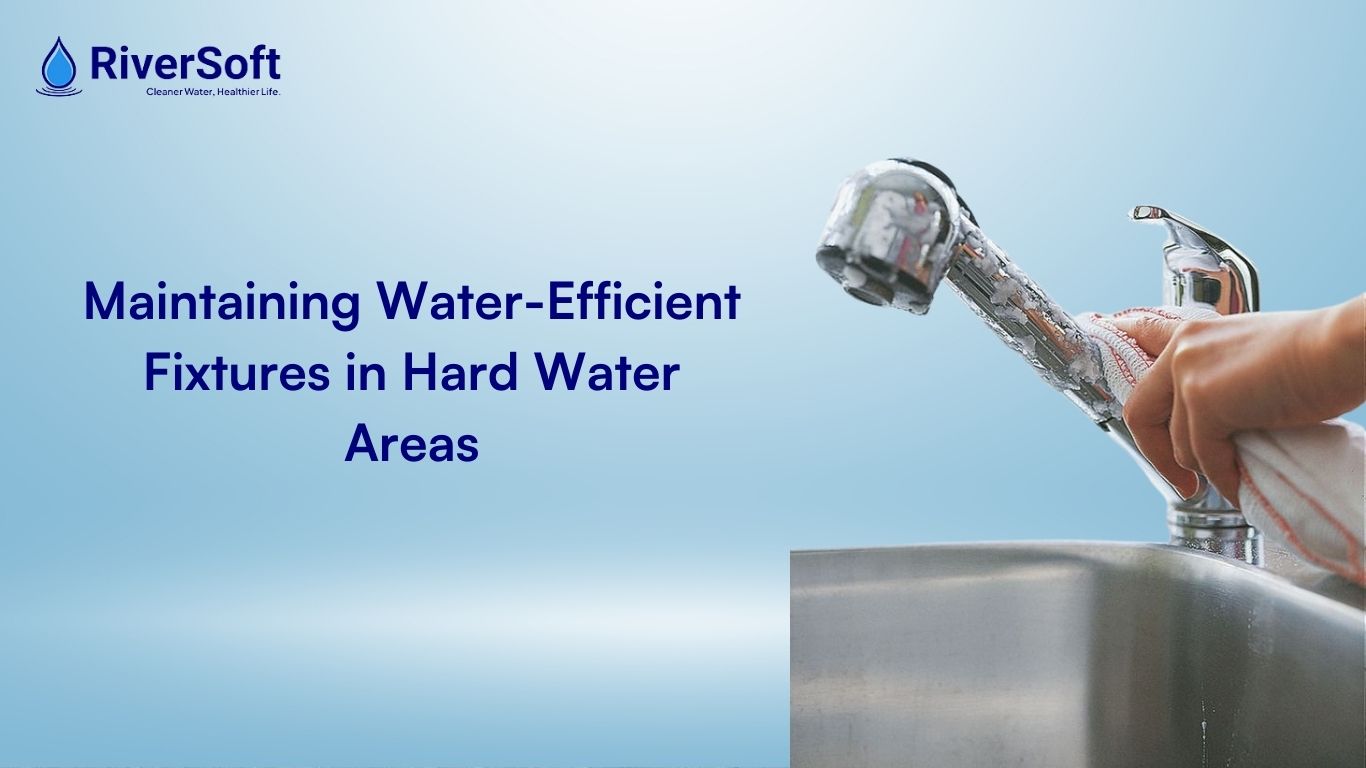
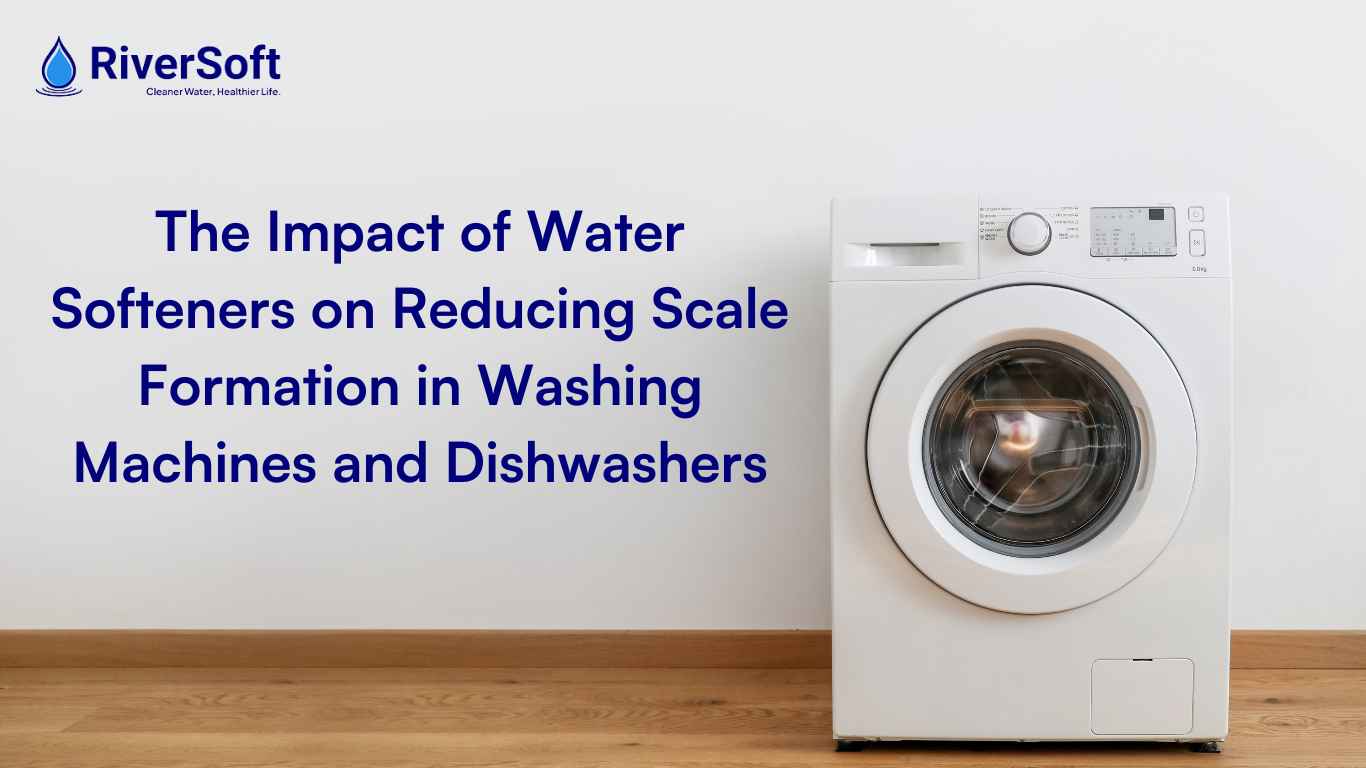
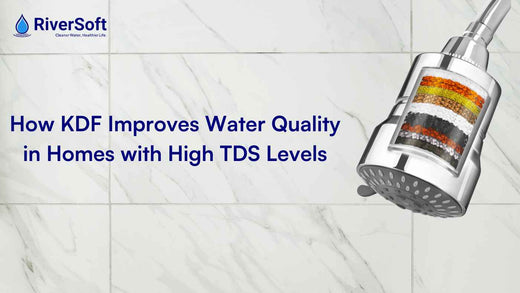

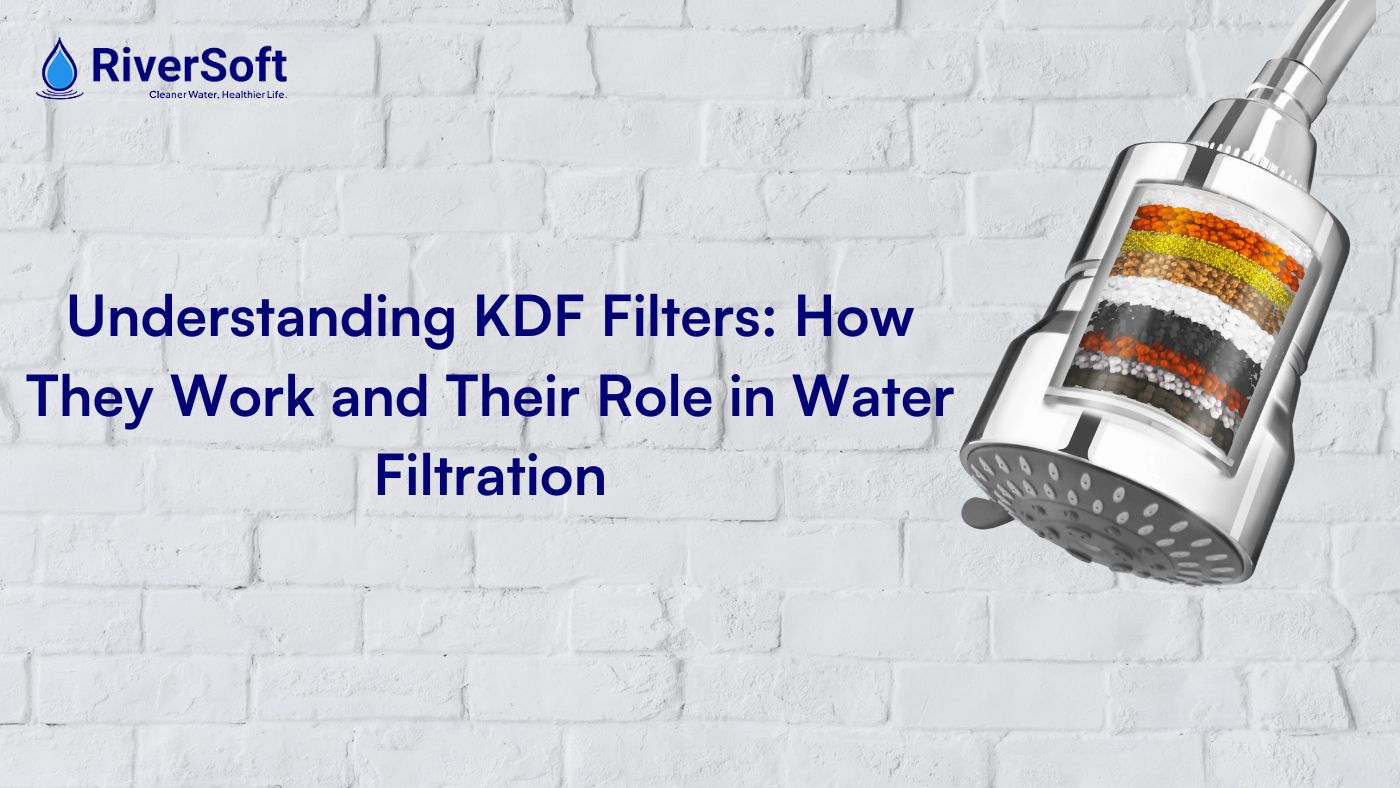
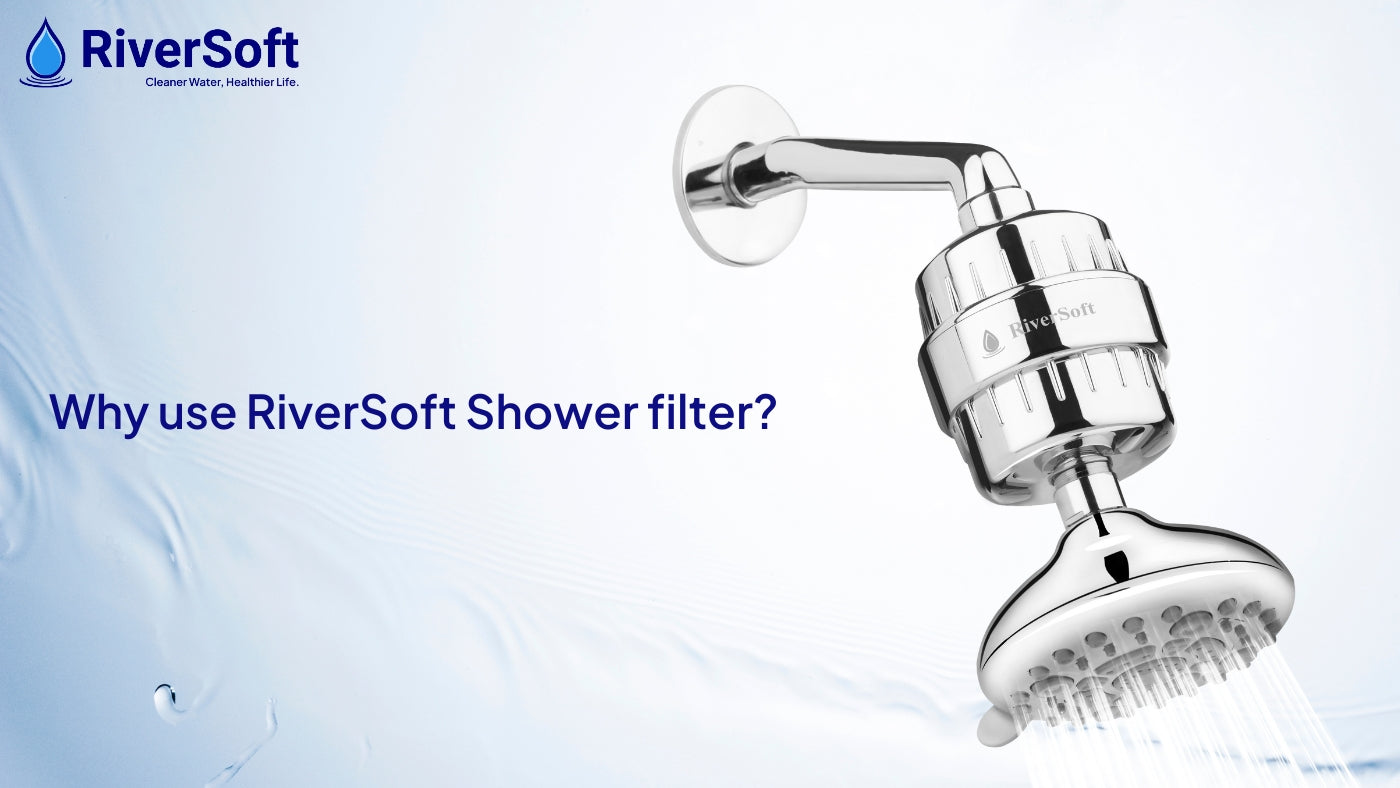
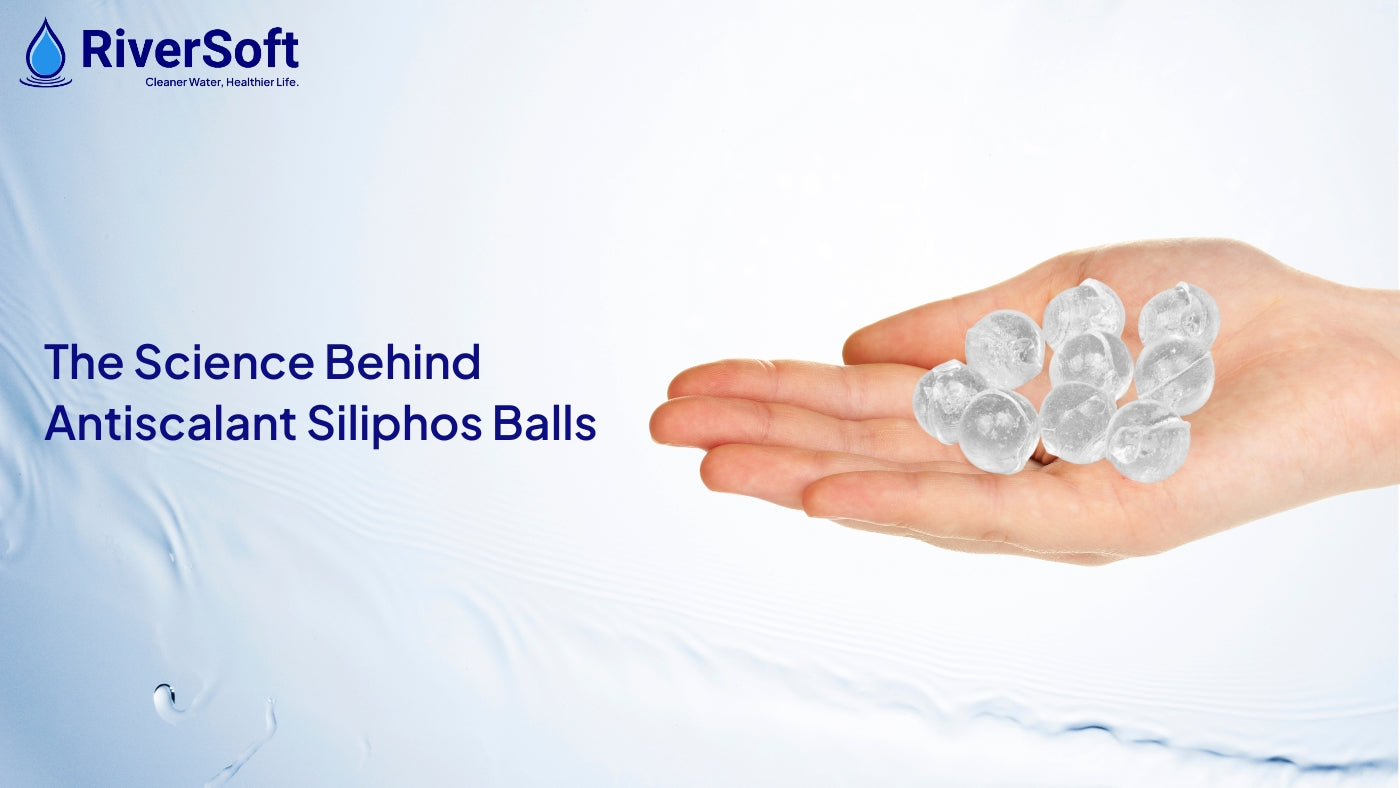
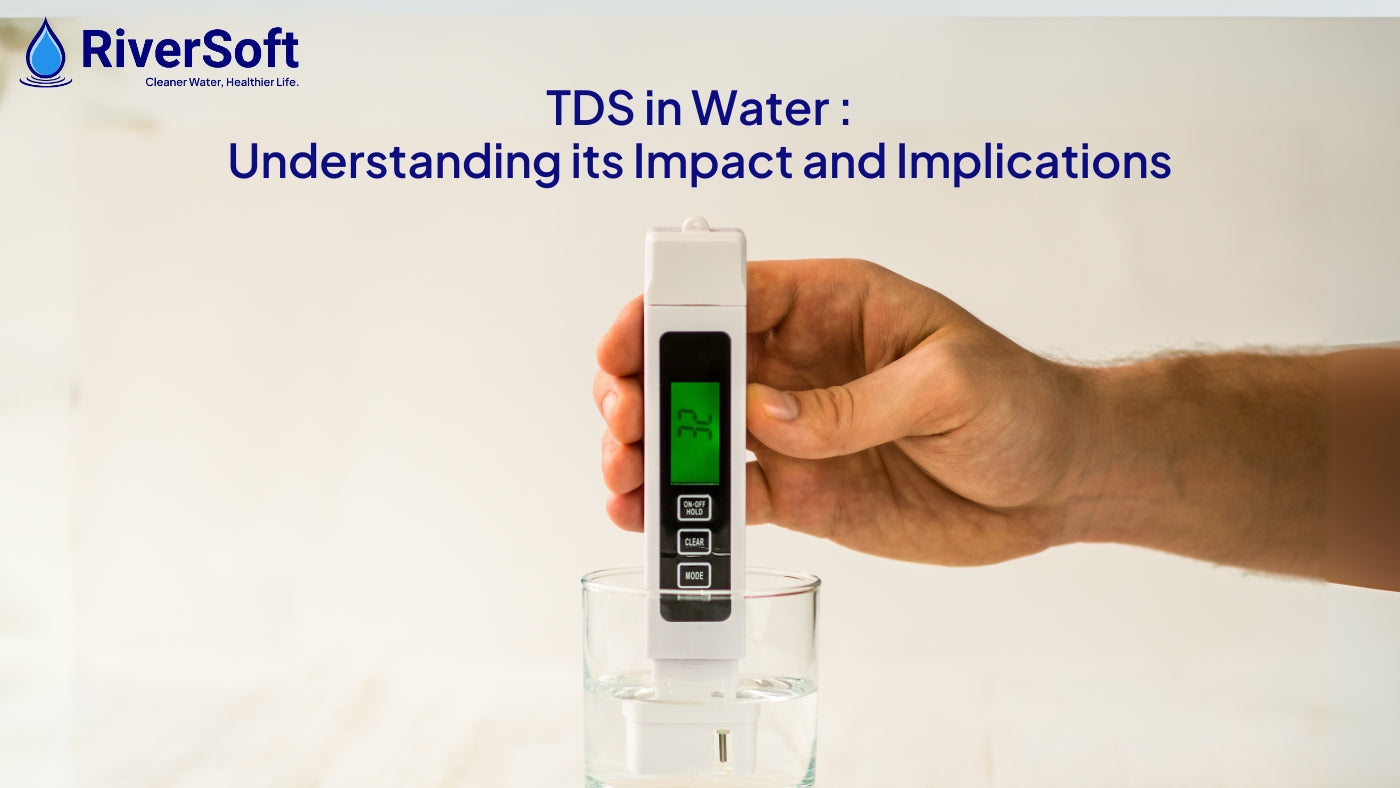




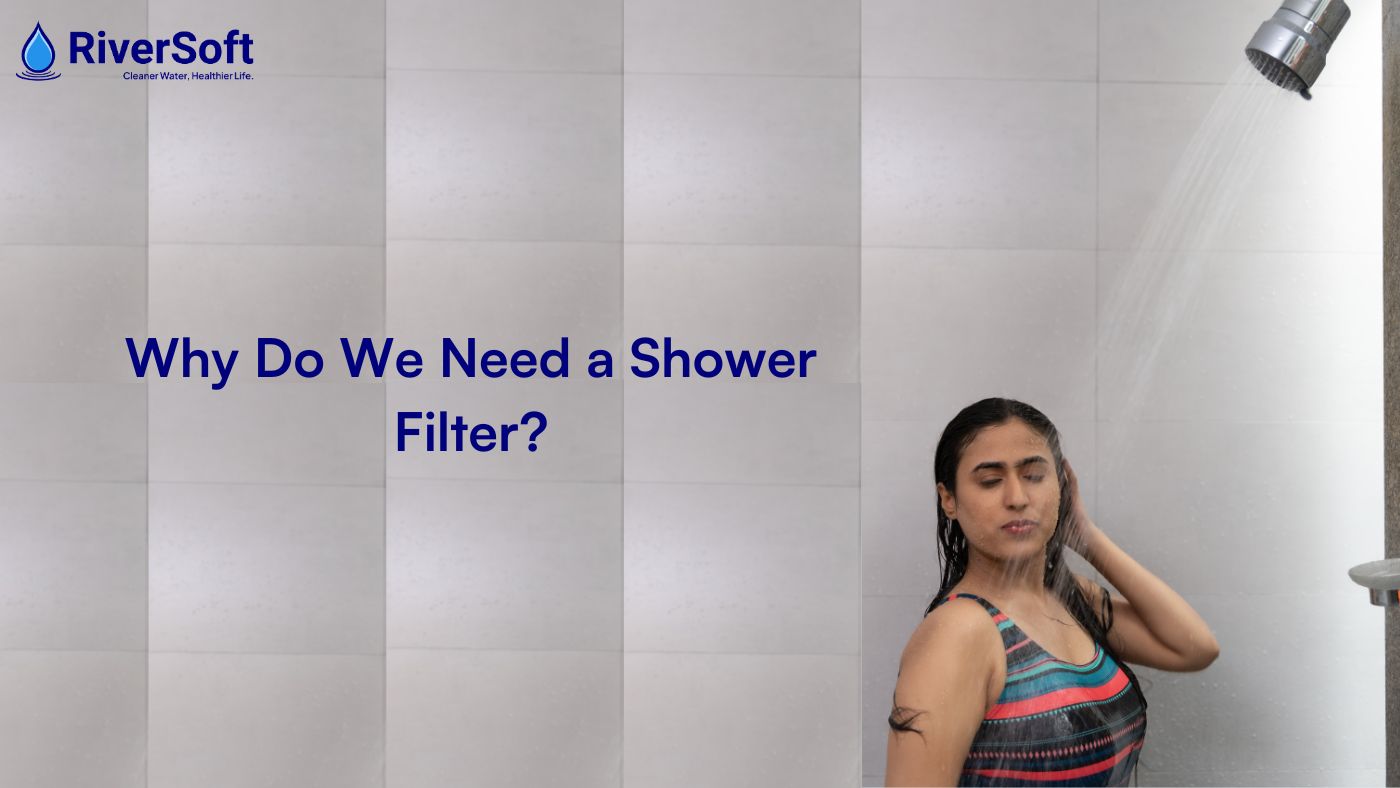







Ashutosh was inspired to solve water quality issues after witnessing the harmful effects of hard water on his family’s health and home. Recognizing the widespread impact of poor water quality, he committed to creating innovative solutions that ensure safe and clean water for everyone. He is an alumnus of IIT Delhi and IIM Ahmedabad, bringing a strong technical and managerial background to RiverSoft.